Haz clic aquí para leer en español
Written by Fidgit
When I first began planning this walk, believing full well no human would be nutty enough to join, I had planned to get a dog. At first I thought to adopt and bring one from home. Then, recognizing the logistics of that, I thought I might pick one up down here. Emails and advice began pouring in from strangers on breed and training. I got pretty jazzed on the whole idea.
After a few years with sled dogs in Alaska I know better than to put a premium on a pure bred, if you are looking for durability, mutts are the way to go. In the US, adopting a shelter dog is a great course as it discourages irresponsible breeding practices and you get a hardy, loving doggo. I am proud to be extended pack to some of the best dogs (and humans) in the world.
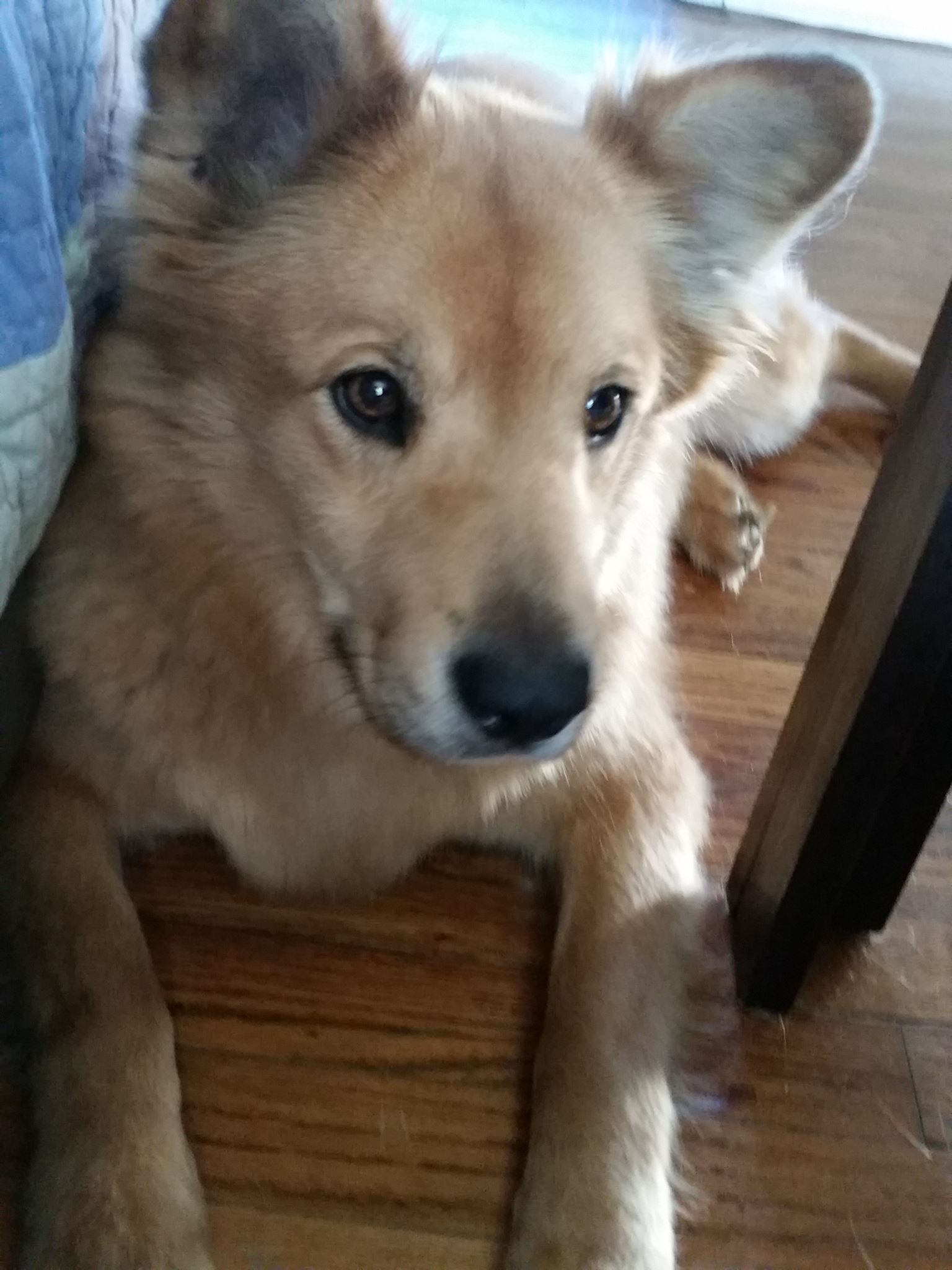
As much as I wanted to, I eventually had to acquiesce; it would be irresponsible to try to bring a dog on a hike like this. Beyond being an unpredictable and sometimes hostile environment, my early reasons were:
1) International borders would be a logistical nightmare
2) Many National Parks do not permit dogs
3) I am asking a sometimes nearly impossible amount of effort from myself to complete this hike; I could not give a canine companion the time they might needed to cover the kind of miles necessary
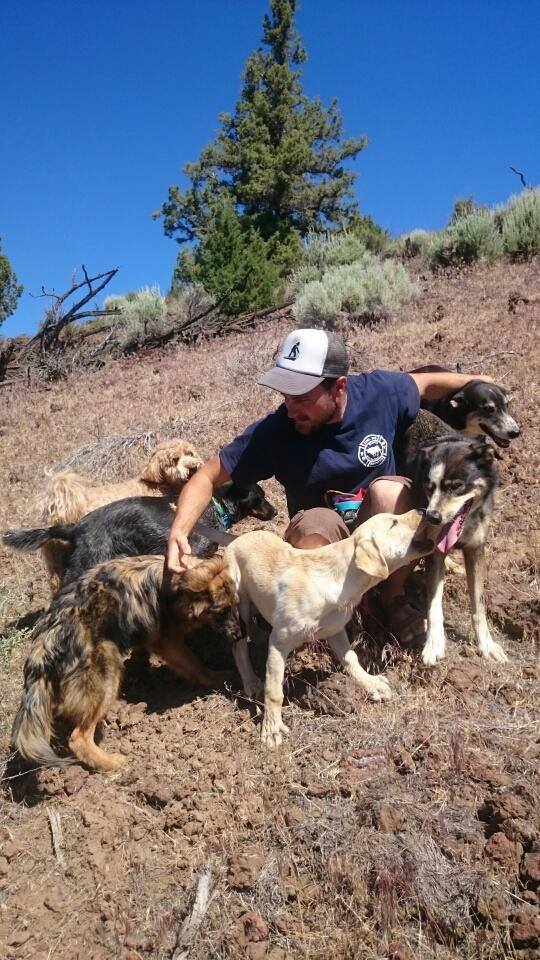
So, instead of seeking out a dog, I had to trust the right partner would find me. Neon is a much better suited companion for this endeavor than I ever could have hoped for. I can also always get my good dog fix by checking up on Travis, my dog wizard friend who owns Ponderosa Paws. If you want to add a little cheer to your day, go check out his site to see dozens of smiling muzzles.
When we got down here, I realized another reason it was better that I hadn’t brought a dog were the free ranging packs. Strays mingle with pet dogs (who are almost never kept in a yard or on a leash) and generally they run the streets. In Bolivia and Peru we’ve seen many of the street dogs with simple, bright string tied around their necks, indicating a government effort at vaccinating. While we heard about piecemeal efforts at public spaying programs in Chile and Argentina, it is still largely a pay process, and that is more than most owners are willing to put into them.

Because, you see, while north Americas are monodogamous, here they are not. Those with dogs, usually have multiple (up to a dozen) to help with moving animals. Even those north Americans who are polypupamorous are generally in a committed lifelong relationship. For all the positives and negatives of it, in South America, dogs come and go as they please. This freedom of movement is also related to the number of dog corpses we recorded as we collect data for Adventure Scientists Roadkill Project.
At first I was enraptured and romanticized that freedom, but ultimately it is counterbalanced by the neglect and abuse they experience. Beyond the starvation and mange, and human irresponsibility, we’ve seen outright cruelty. We’ve also experienced the repercussions of that when I was bitten in Chile, and the dozens of times we have been charged at.
We learned to stoop down as if picking up a rock and usually they will turn away. I imitate the hissing noise the locals make when they charge, and the dogs generally leave us alone. Encountering a friendly one is a delight for all parties involved, though the fear of accidentally picking up another mouth to feed and set of feet to worry about is very real.
The first dog to adopt us, we named Nomio. She came running out of a farmhouse in a small community along the Huella Andina in Argentina and walked with us for 3 days. She is the kind of dog I hope to have someday. The link above tells that story.
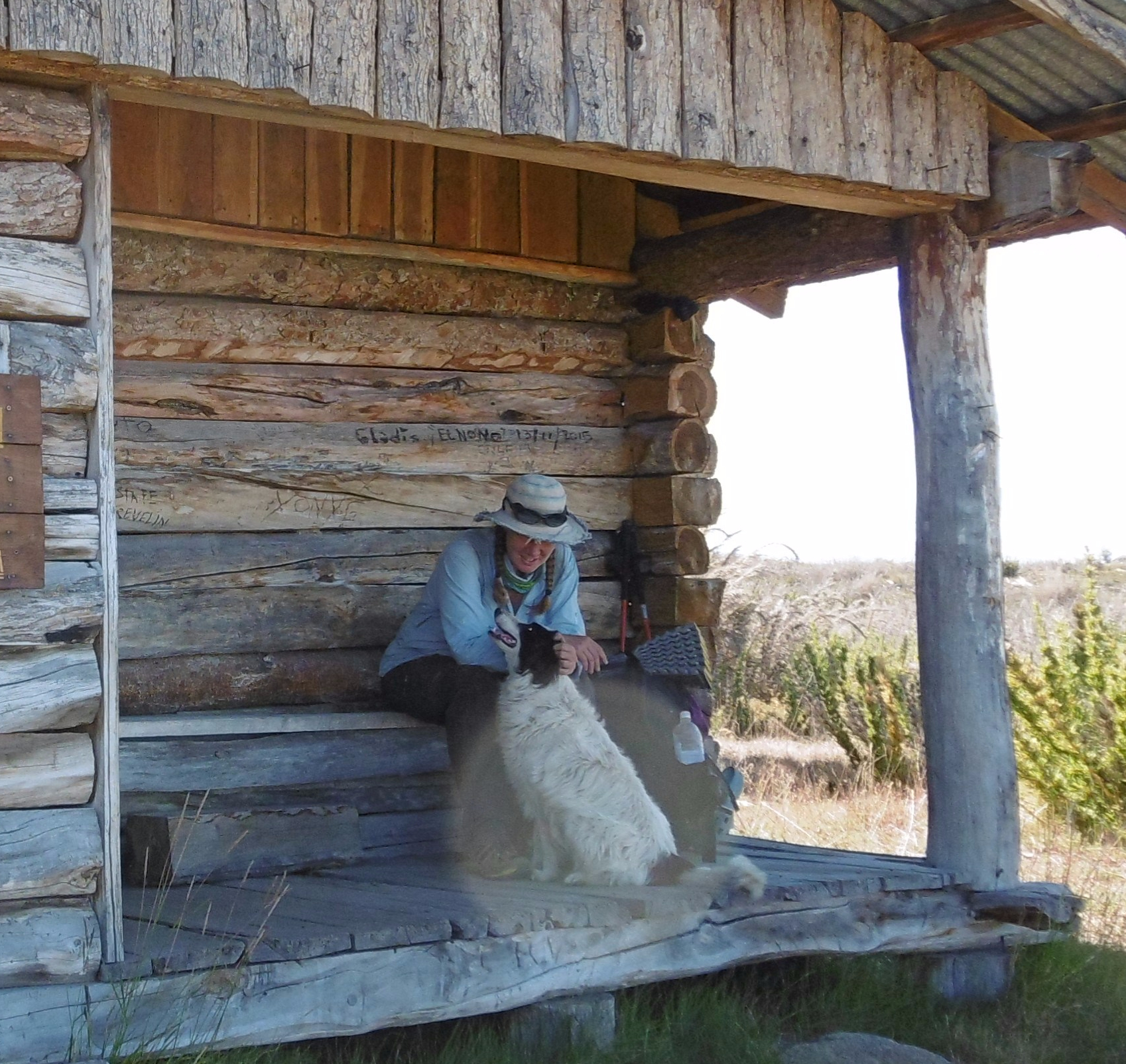
Since Nomio, we have enjoyed dozens upon dozens of companions, and learning to accept them and then let them go has been a journey unto itself. Today’s post is a photo album of some of the doggo friends we’ve made along the way.
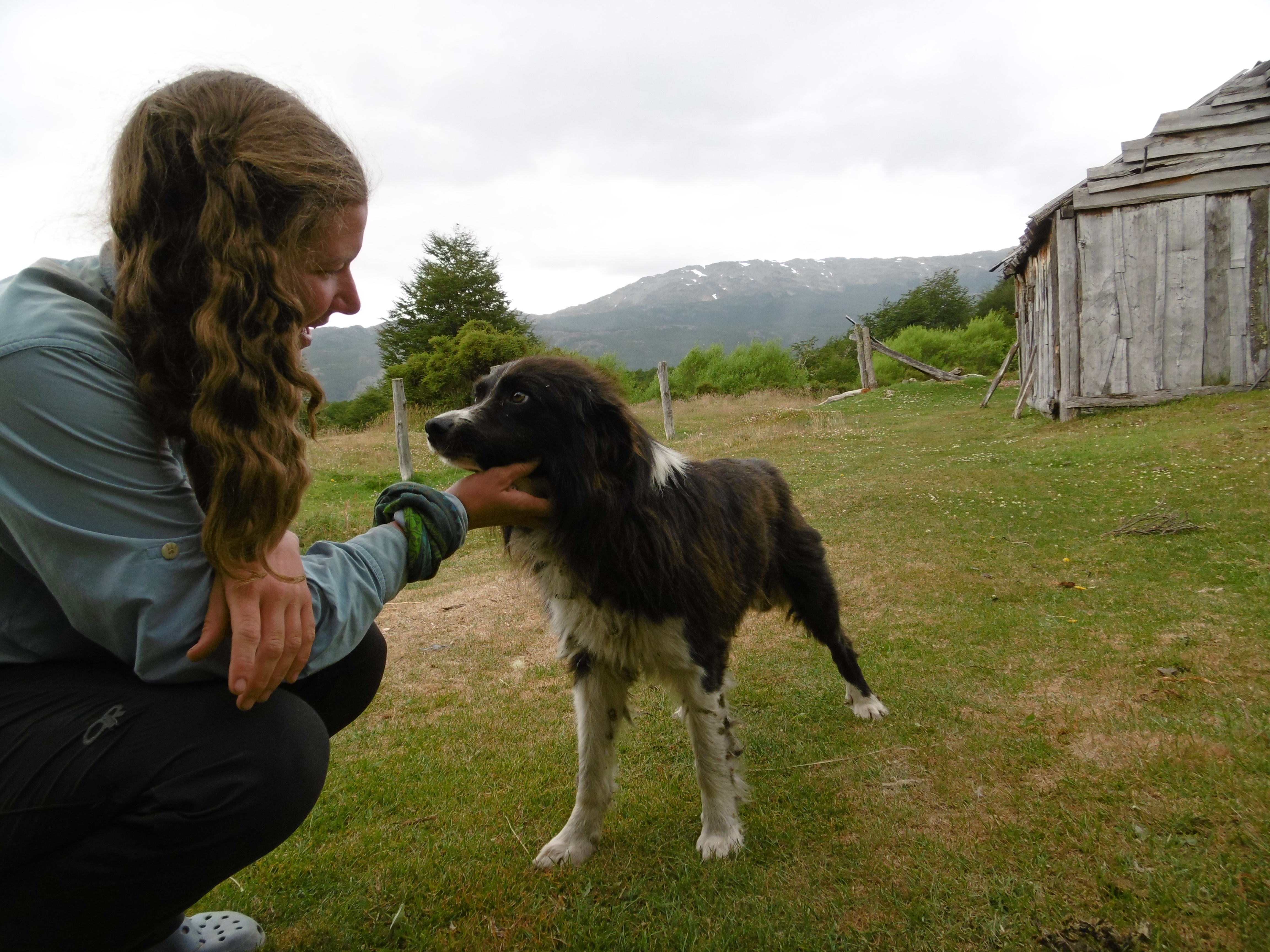


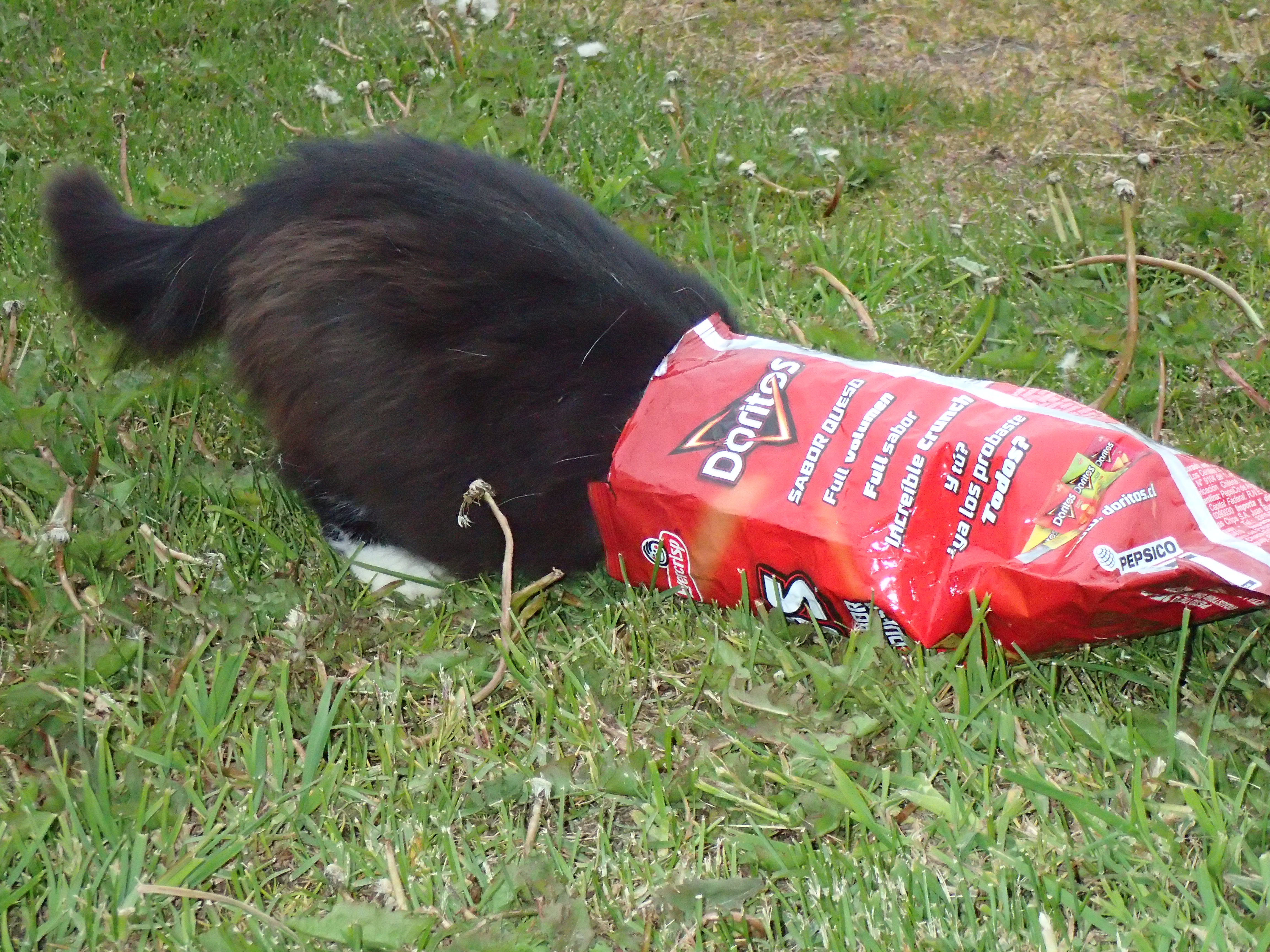
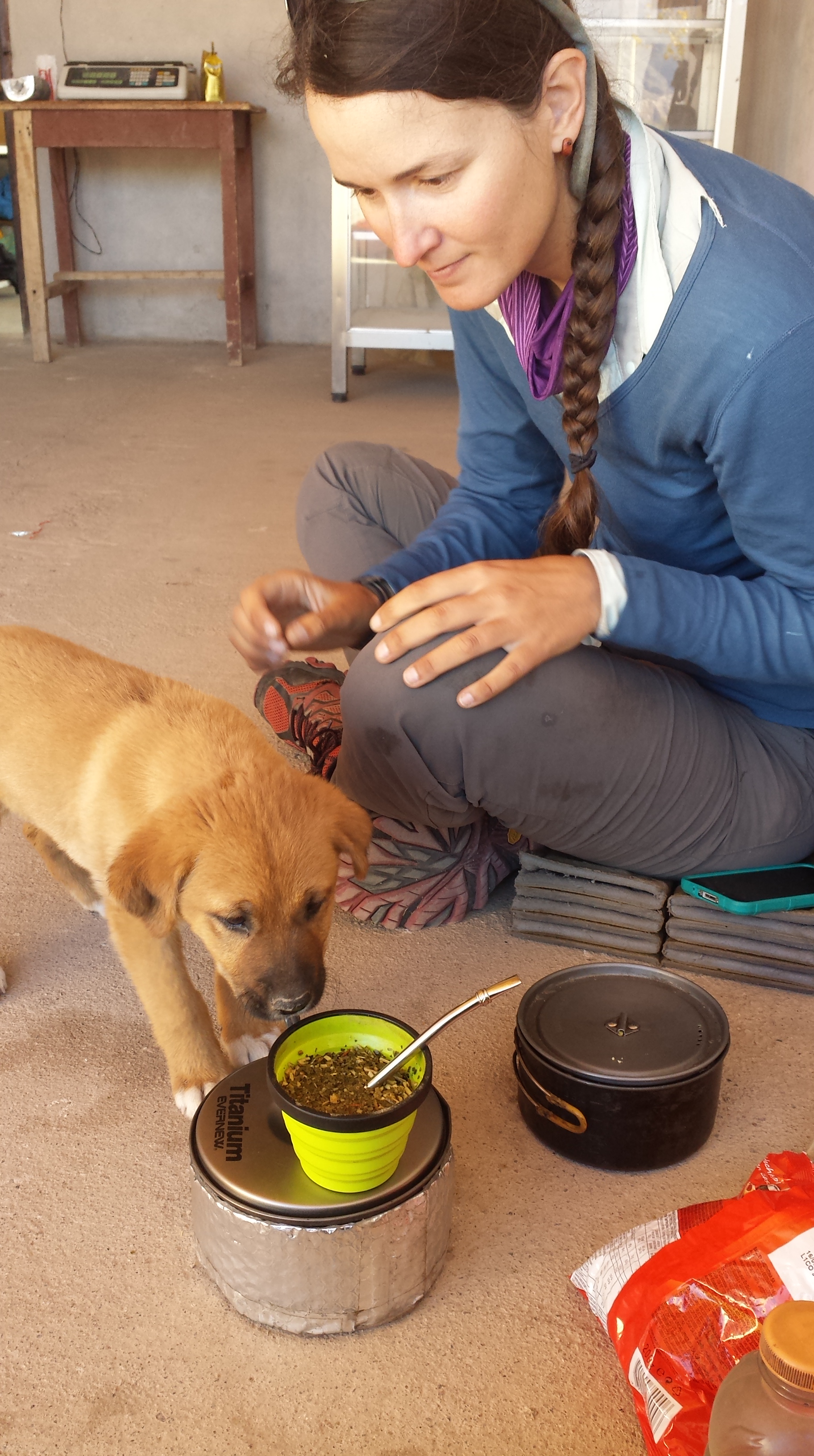

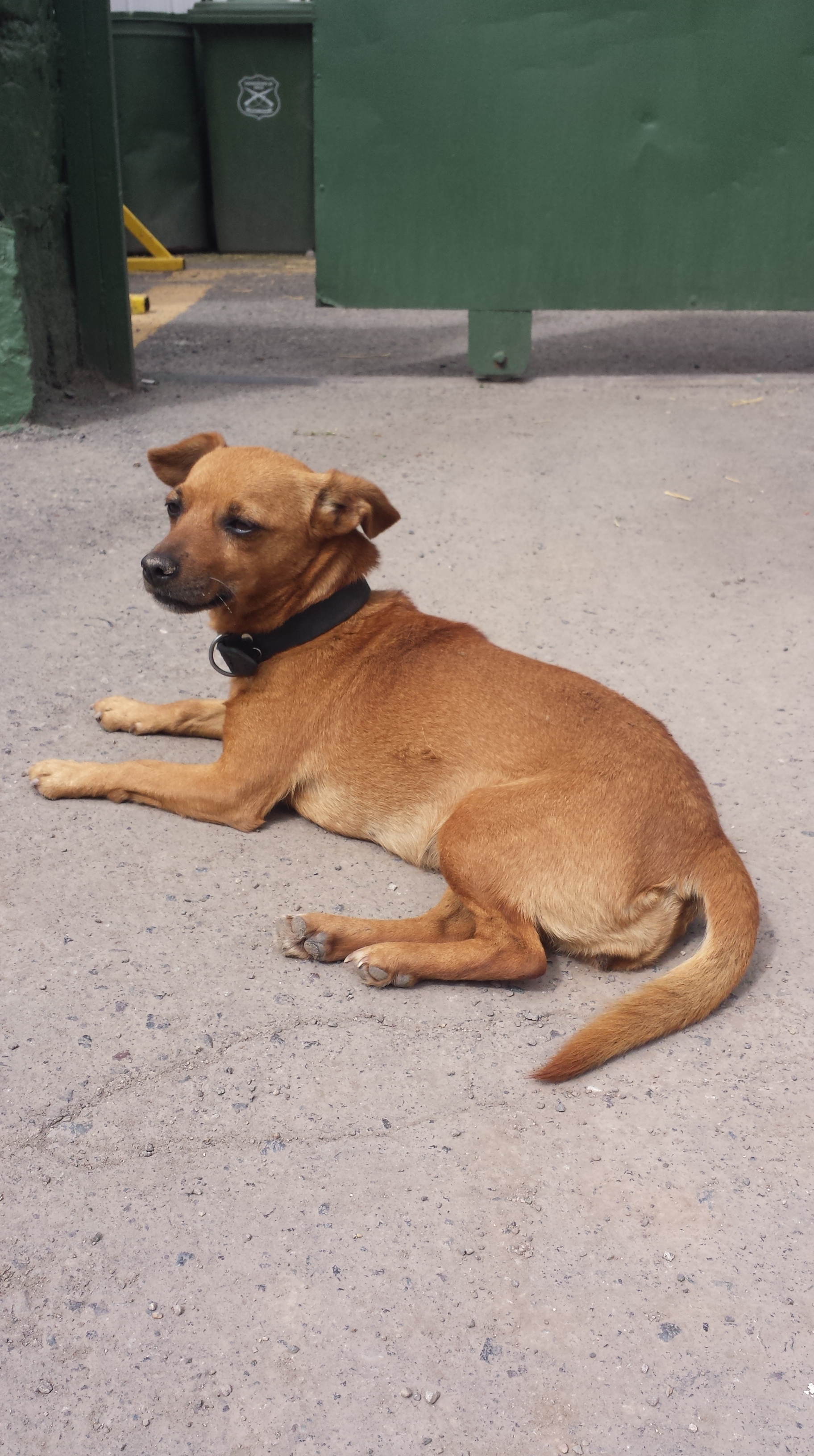

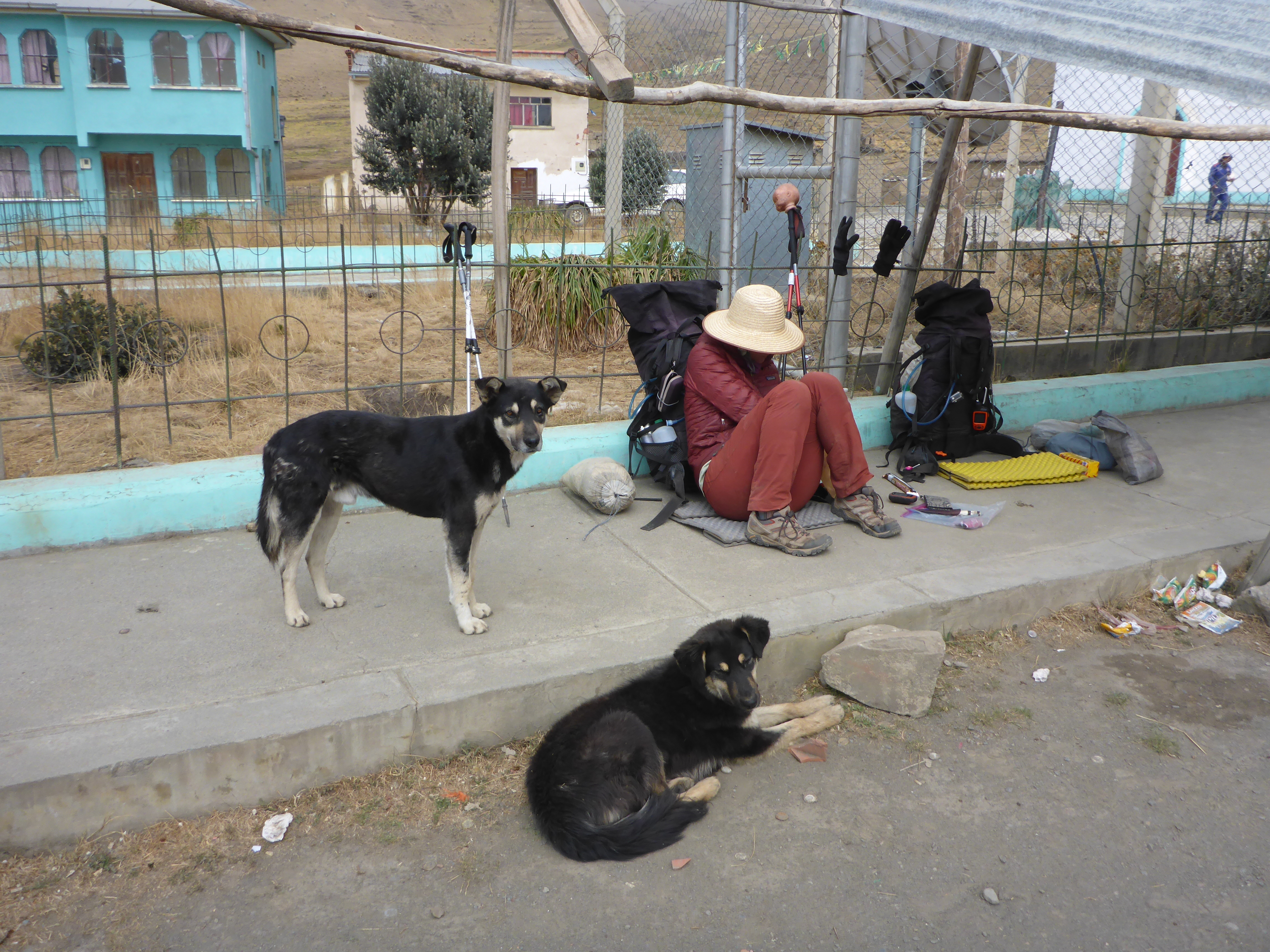
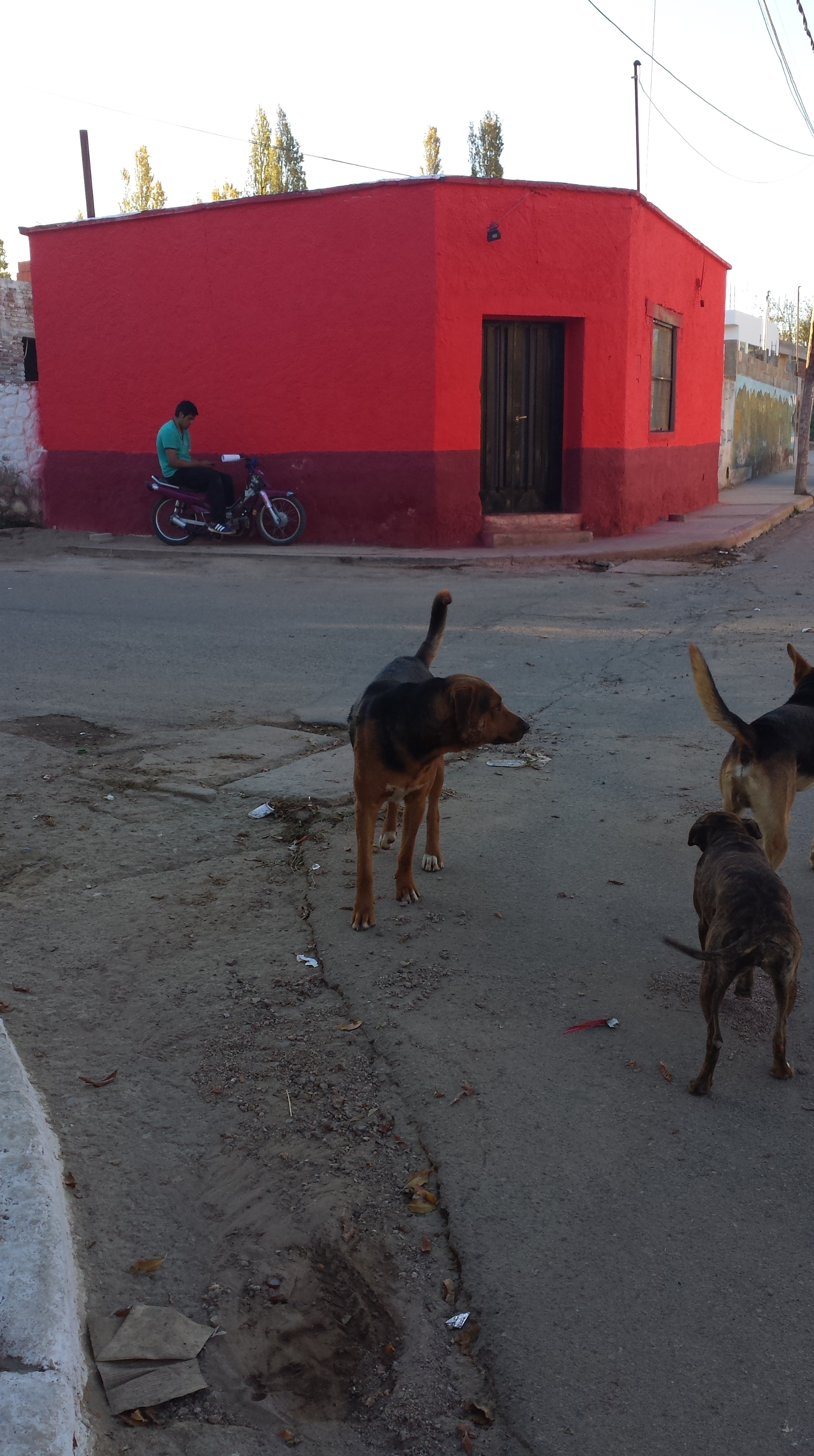
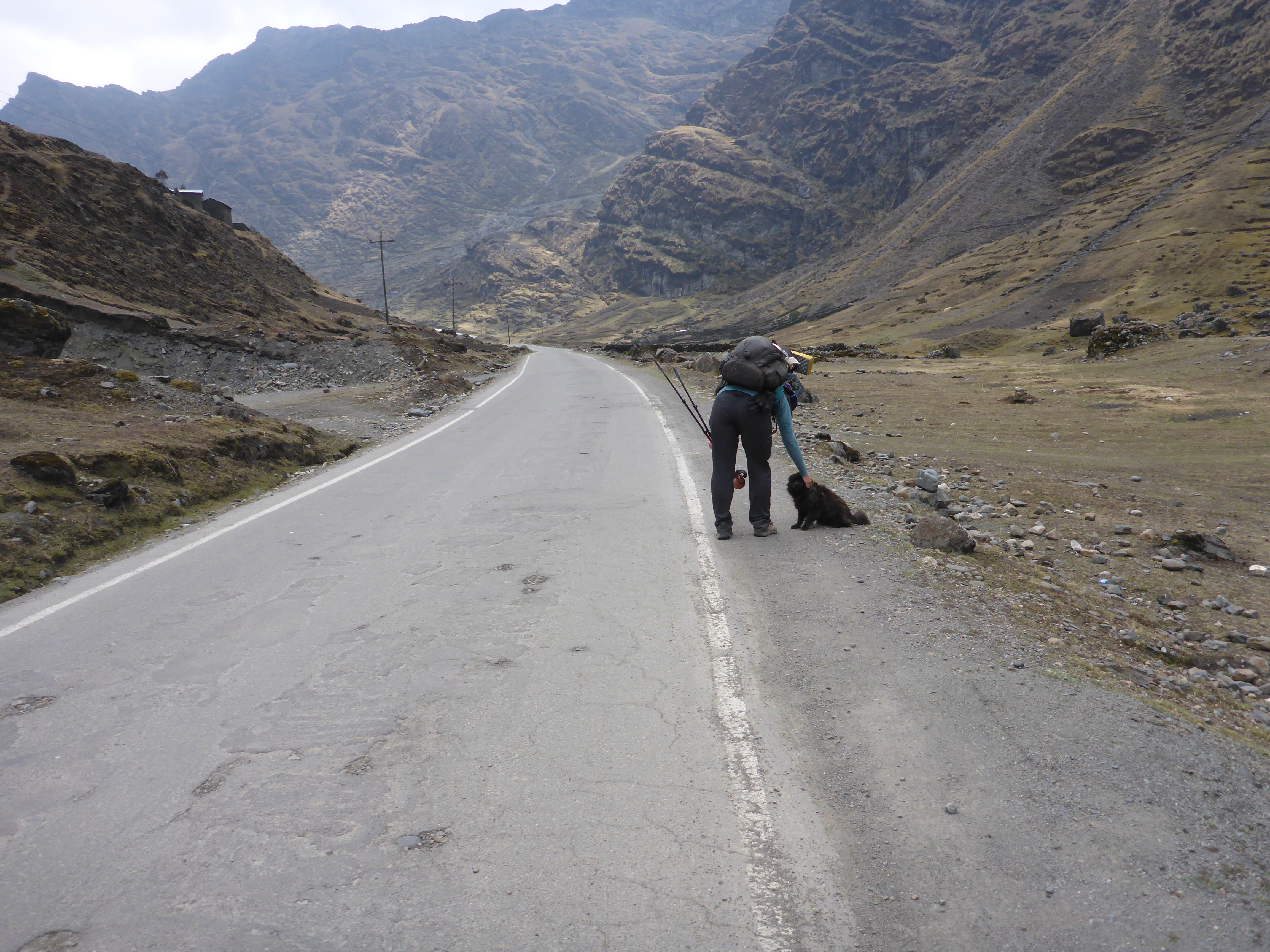
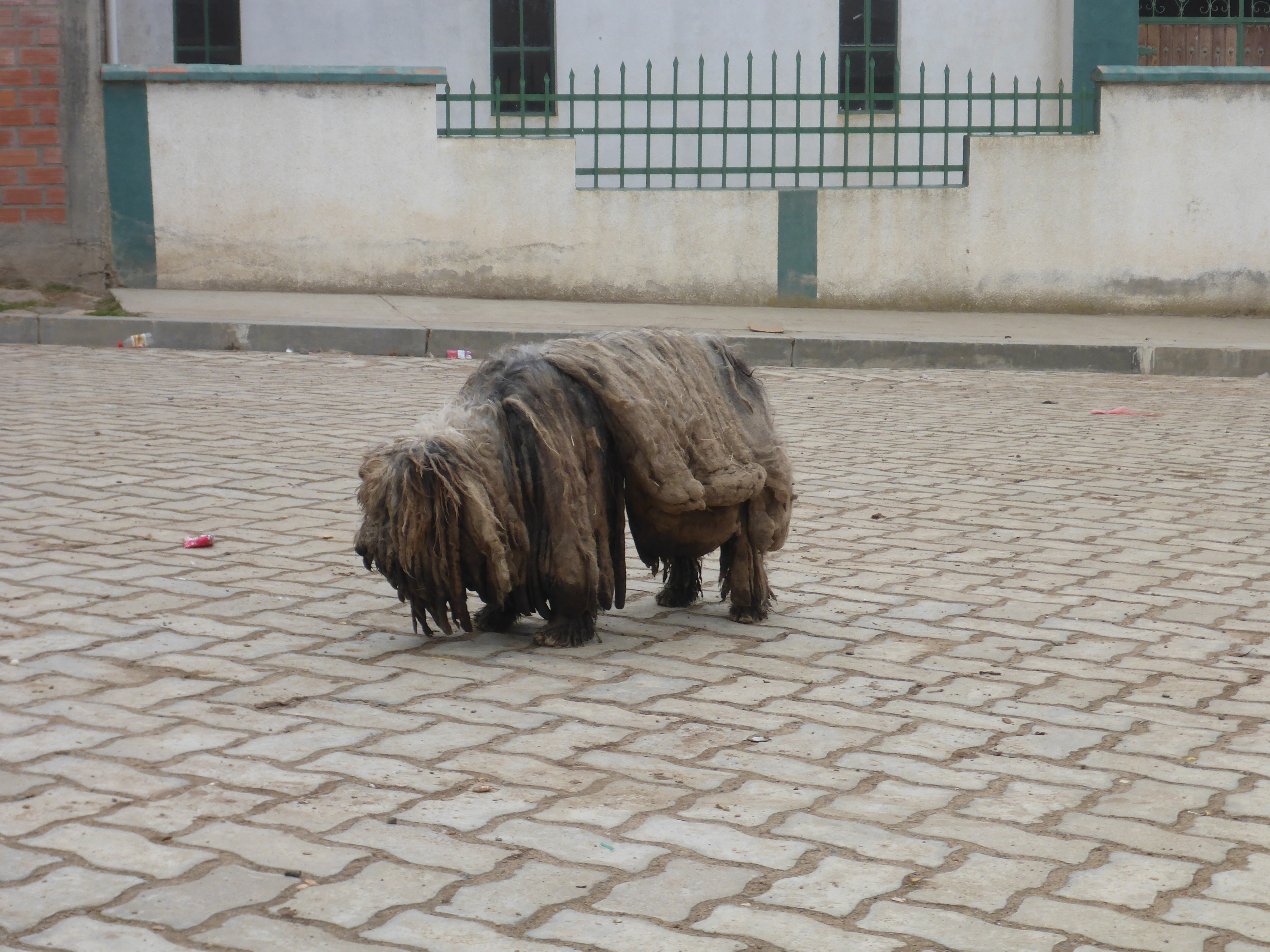
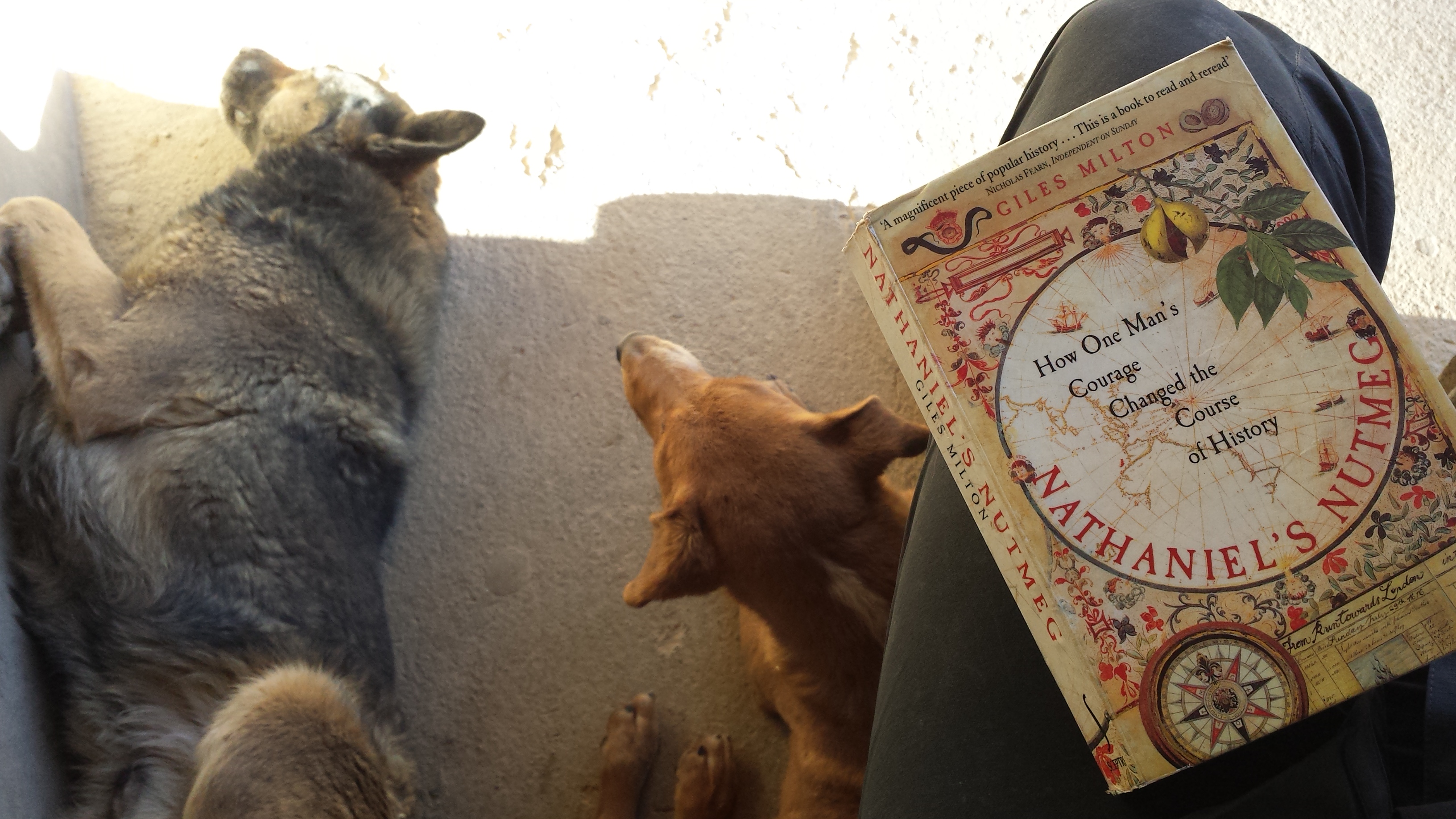
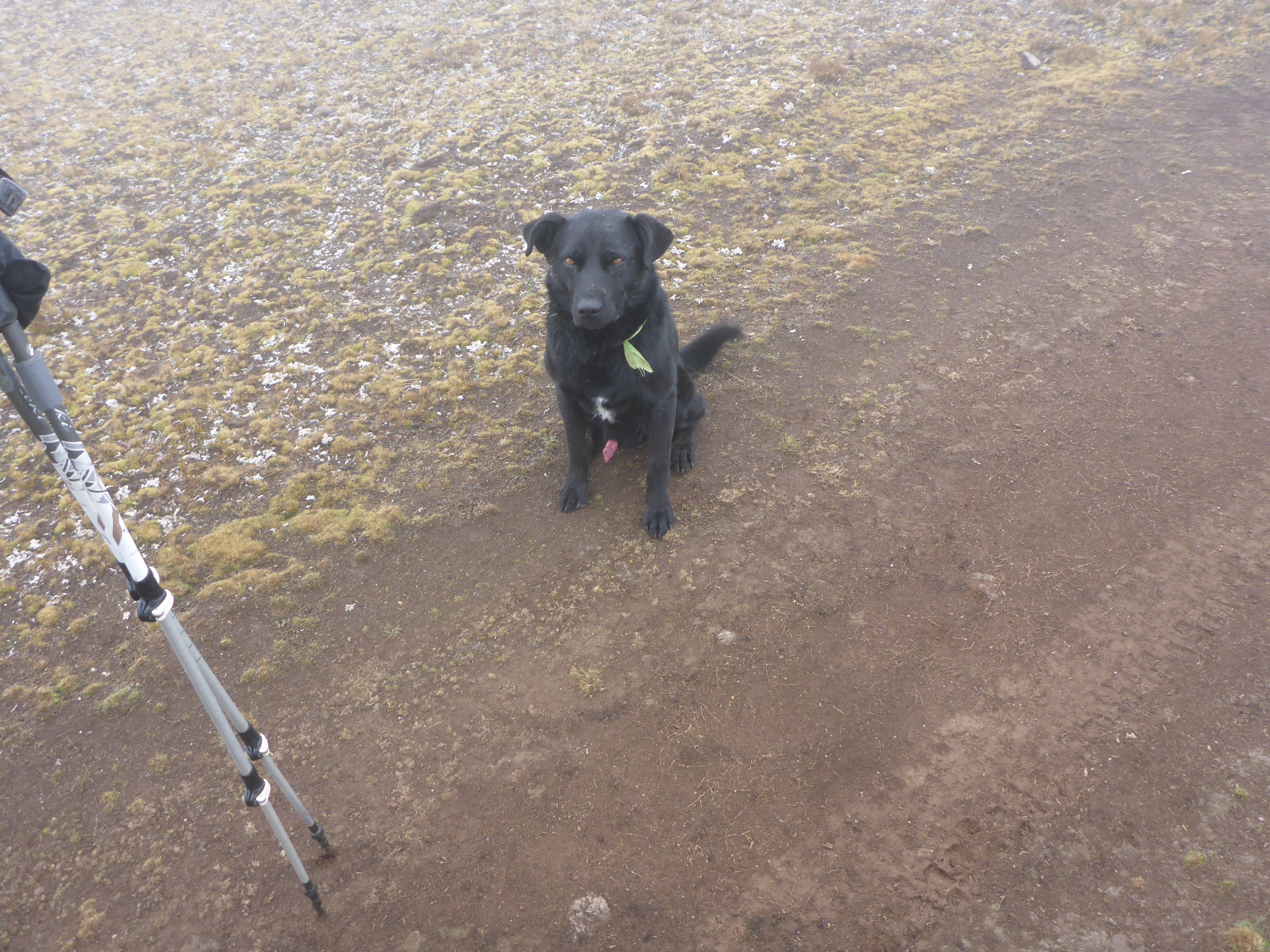

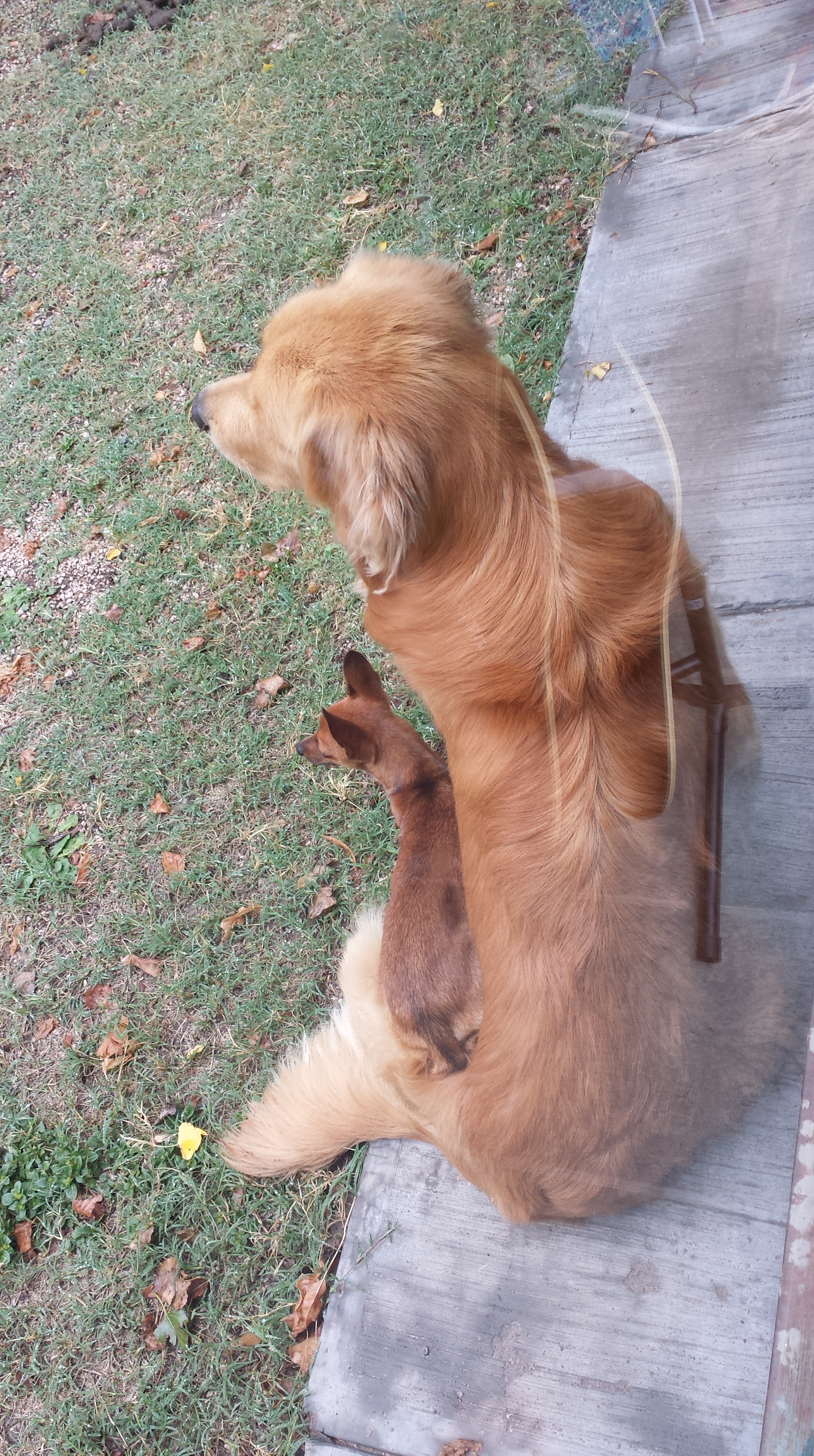
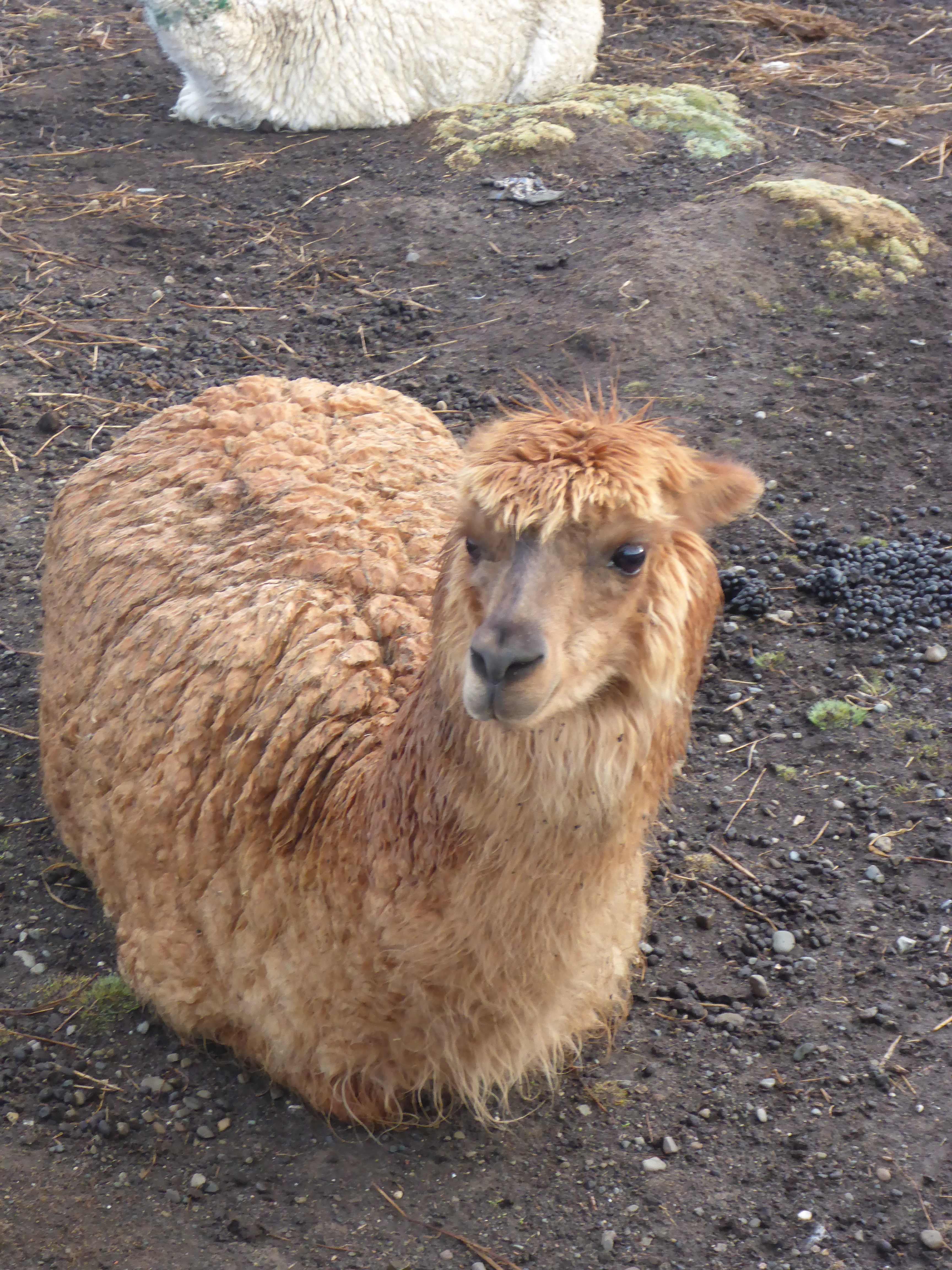
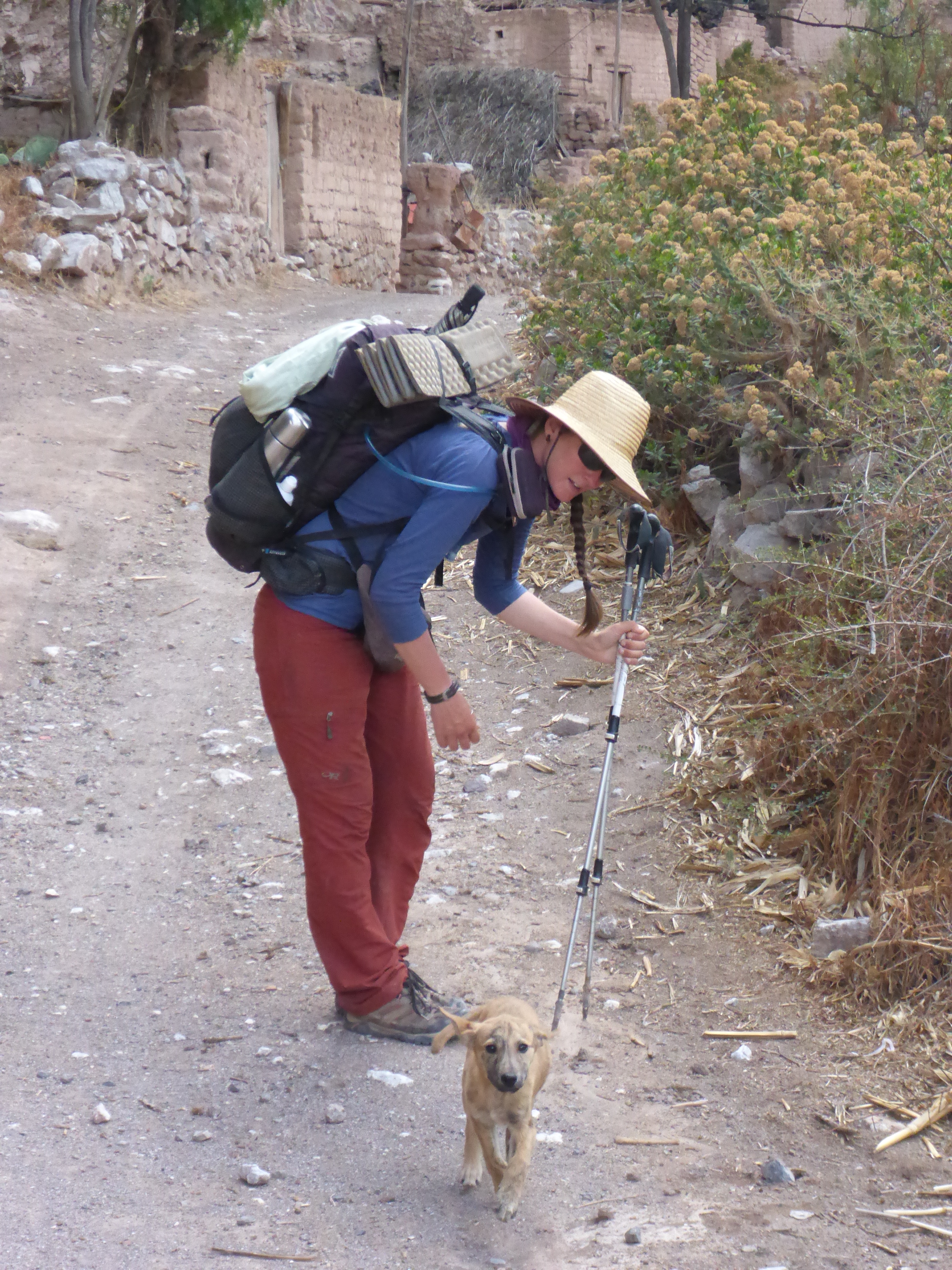
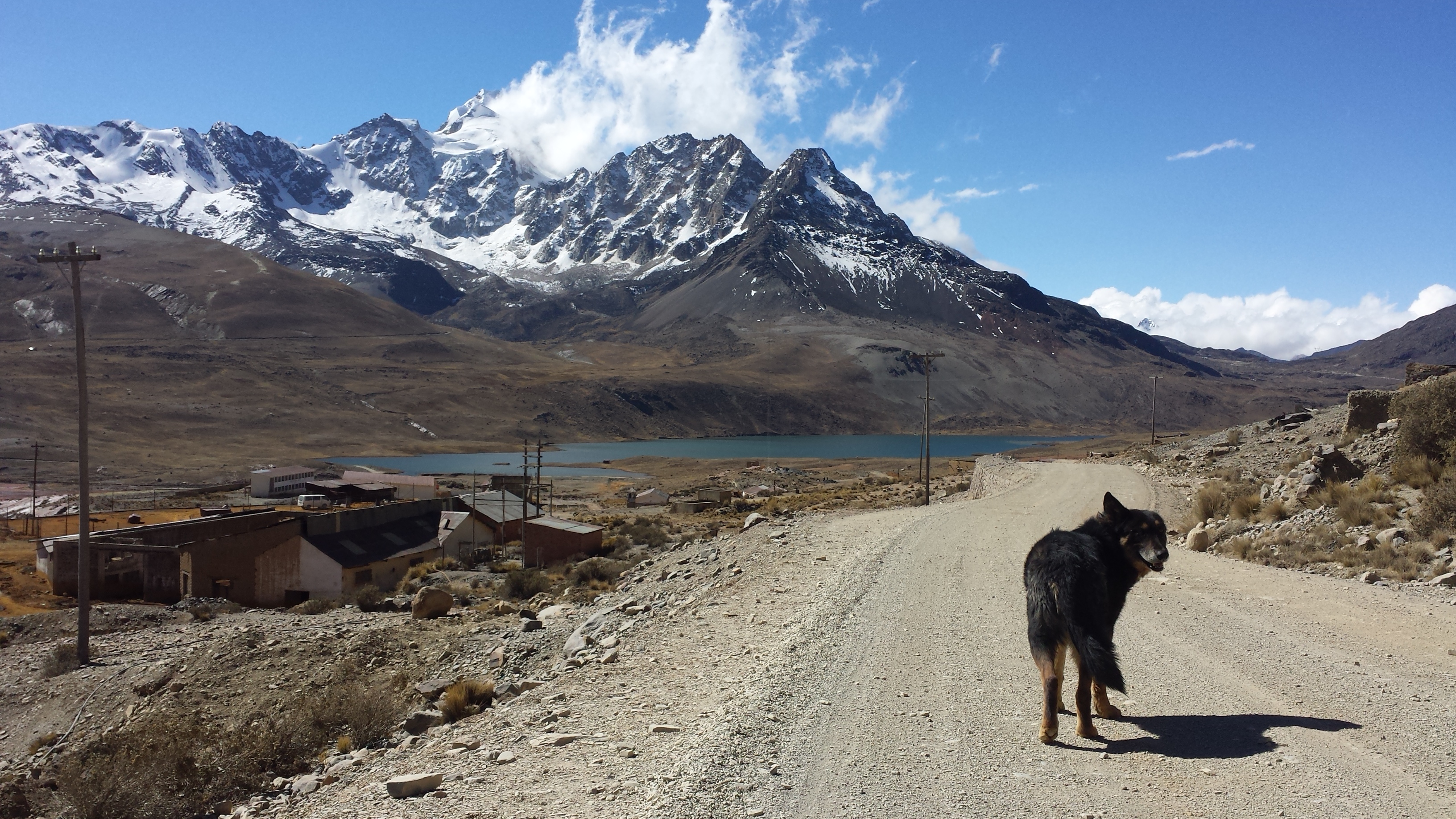
Historias de Perros
Escrito por Fidgit
Traduccion por Henry Tovar
Cuando comencé a planear esta caminata, creyendo que ningún humano sería lo suficientemente loco como para unirse a mi, había planeado conseguir un perro. Al principio pensé en adoptar y traer uno de casa. Entonces pensé que podría recoger uno aquí. Los correos electrónicos y consejos comenzaron a llegar de extraños hablando de la raza y el entrenamiento. Me entusiasmé bastante con la idea.
Después de algunos años con perros de trineo en Alaska, sé que es mejor no poner un poco de valor a una raza pura, si buscas durabilidad, los perros callejeros son el camino a seguir. En los EE. UU., La adopción de perros de refugio es una buena opción ya que desalienta las prácticas de cría irresponsables y obtienes un doggo resistente y afectuoso. Estoy orgullosa de ser una extensión de la jauría para algunos de los perros (y humanos) en el mundo.

Por mucho que quisiera, eventualmente tuve que consentir; sería irresponsable intentar llevar a un perro a una caminata como esta. Más allá de ser un entorno impredecible y en ocasiones hostil, mis primeras razones fueron:
1) Las fronteras internacionales serían una pesadilla logística
2) Muchos Parques Nacionales no permiten perros
3) Estoy pidiendo una cantidad de esfuerzo a veces casi imposible de mí mismo para completar esta caminata; No podría darle a un compañero canino el tiempo que podría necesitar para cubrir el tipo de millas necesarias

Entonces, en lugar de buscar un perro, tenía que confiar en que cualquier compañero que quisiera venir o me encontraría. Neon es una compañera mucho más adecuada para este esfuerzo de lo que jamás podría haber esperado. También puedo obtener mi buena corrección de perros revisando a Travis, mi amigo mago perro que posee Ponderosa Paws. Si desea agregar un poco de ánimo a su día, vaya a ver su sitio para ver docenas de bocas sonrientes.
Cuando llegamos aquí, me di cuenta de otra razón por la que era mejor no haber traído un perro, eran los paquetes gratuitos. Los pasadizos se mezclan con los perros domésticos (que casi nunca se mantienen en el jardín o con una correa) y generalmente corren por las calles. En Bolivia y Perú hemos visto a muchos de los perros callejeros con cuerdas simples y brillantes atadas al cuello, lo que indica un esfuerzo del gobierno para vacunar. Si bien nos enteramos de los esfuerzos por partes en los programas de esterilización pública en Chile y Argentina, sigue siendo en gran medida un proceso de pago, y eso es más de lo que la mayoría de los propietarios están dispuestos a poner en ellos.

Porque, ya ves, mientras que las Américas del Norte son monógamas, aquí no lo son. Aquellos con perros, generalmente tienen múltiples (hasta una docena) para ayudar con los animales en movimiento. Incluso aquellos norteamericanos que son polimorpemtos generalmente están en una relación de por vida comprometida. Por todos los aspectos positivos y negativos, en América del Sur, los perros entran y salen cuando quieren. Esta libertad de movimiento también está relacionada con la cantidad de cadáveres de perros que registramos al recopilar datos para Adventure Scientists Roadkill Project.
Al principio, me sentí extasiada y romantizaba esa libertad, pero en última instancia se ve contrarrestada por el abandono y el abuso que experimentan. Más allá de la inanición y la sarna, y la irresponsabilidad humana, hemos visto la crueldad absoluta. También hemos experimentado las repercusiones de eso cuando me mordieron en Chile y las docenas de veces que nos han cobrado.
Aprendimos a agacharnos como si estuviéramos levantando una piedra y generalmente se alejaran. Imito el silbido que hacen los lugareños cuando cargan, y los perros generalmente nos dejan solos. Encontrar una persona amigable es una delicia para todas las partes involucradas, aunque el temor de levantar accidentalmente otra boca para alimentar y un par de pies de los que preocuparse es muy real.
El primer perro que nos adoptó, lo llamamos Nomio. Ella salió corriendo de una granja en una pequeña comunidad a lo largo de la Huella Andina en Argentina y caminó con nosotros durante 3 días. Ella es el tipo de perro que espero tener algún día. El enlace de arriba dice esa historia.

Desde Nomio, hemos disfrutado docenas y decenas de compañeros, y aprender a aceptarlos y luego dejarlos ir ha sido un viaje en sí mismo. La publicación de hoy es un álbum de fotos de algunos de los amigos doggo que hemos hecho en el camino.





















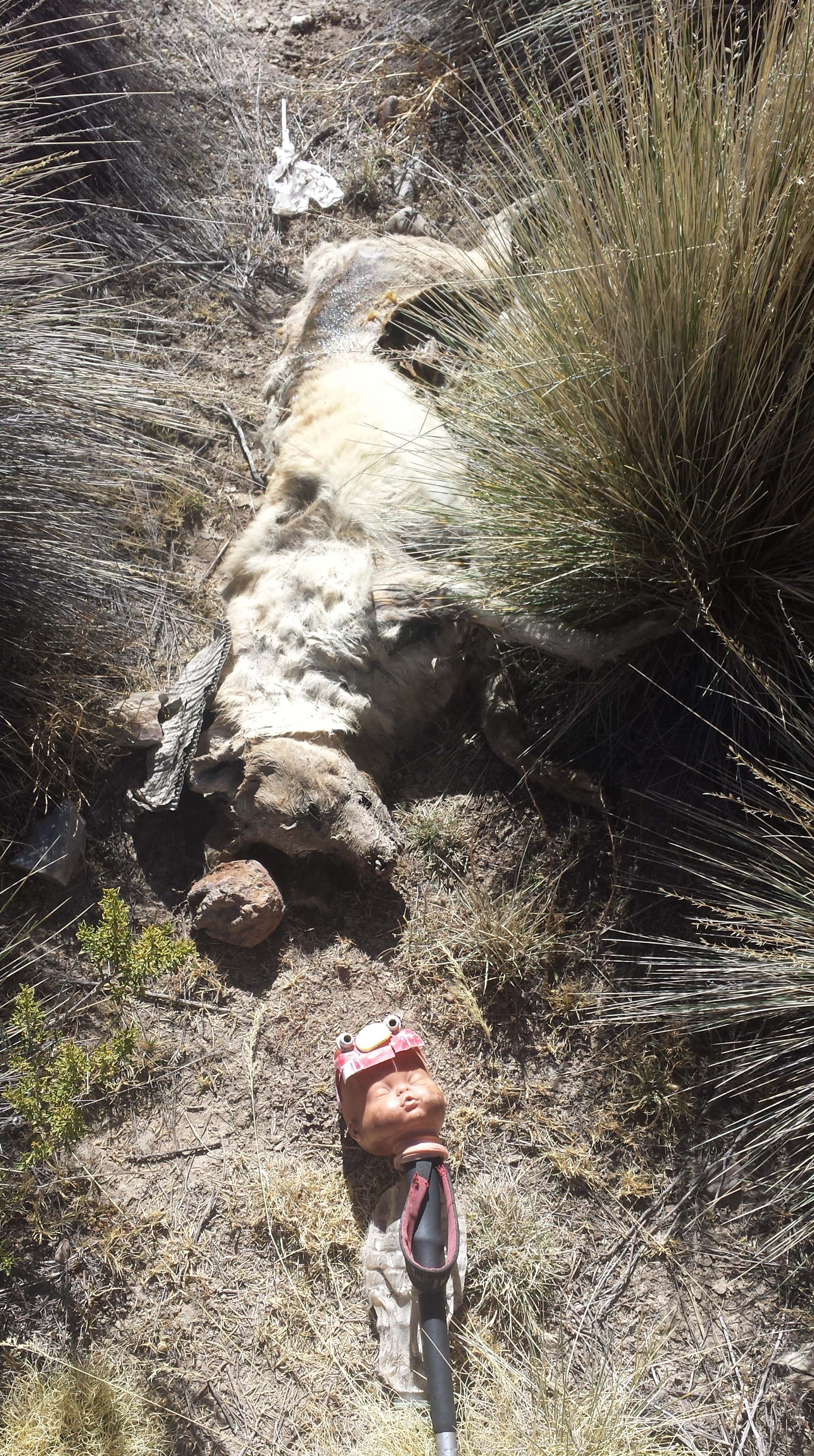

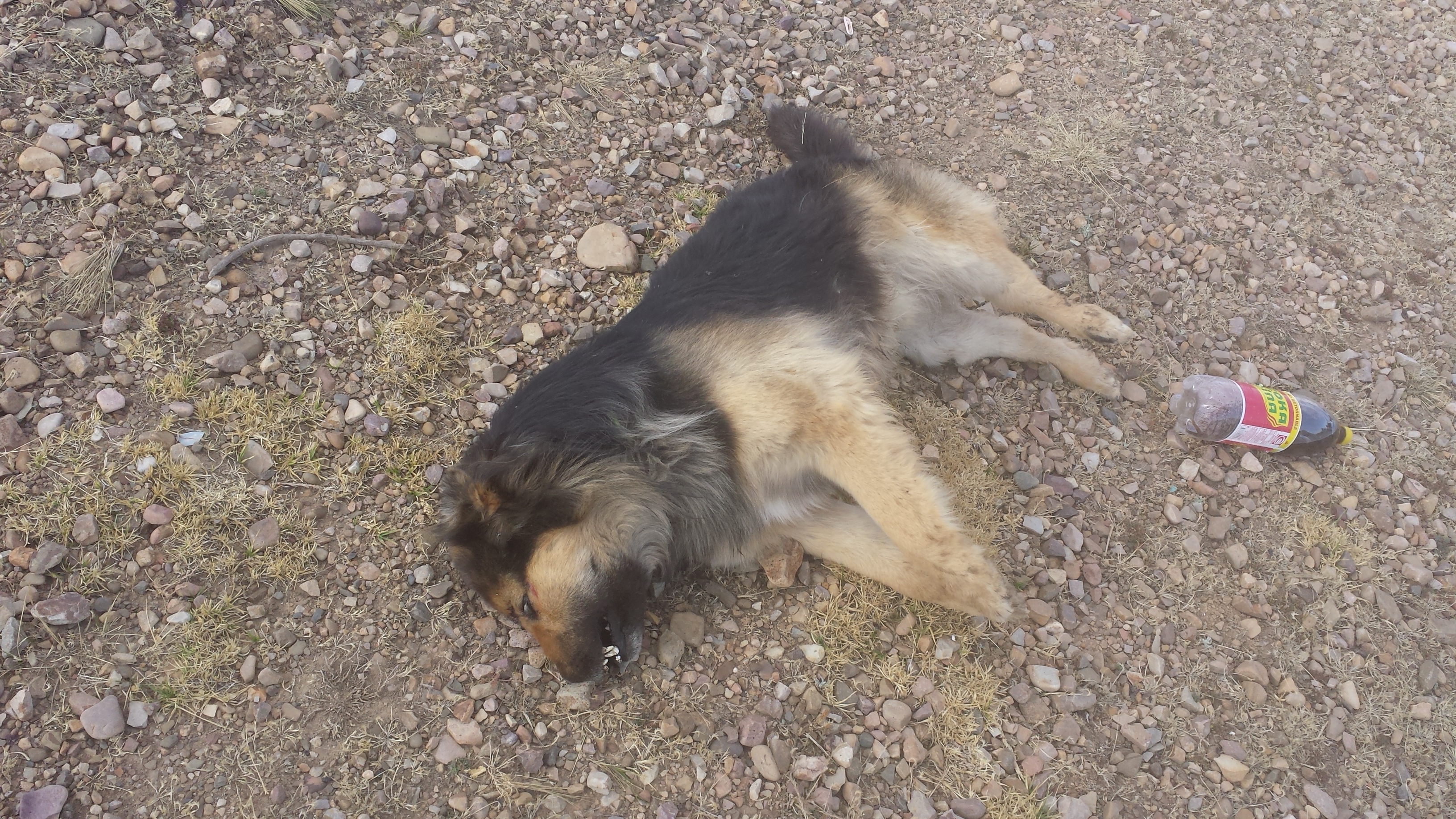
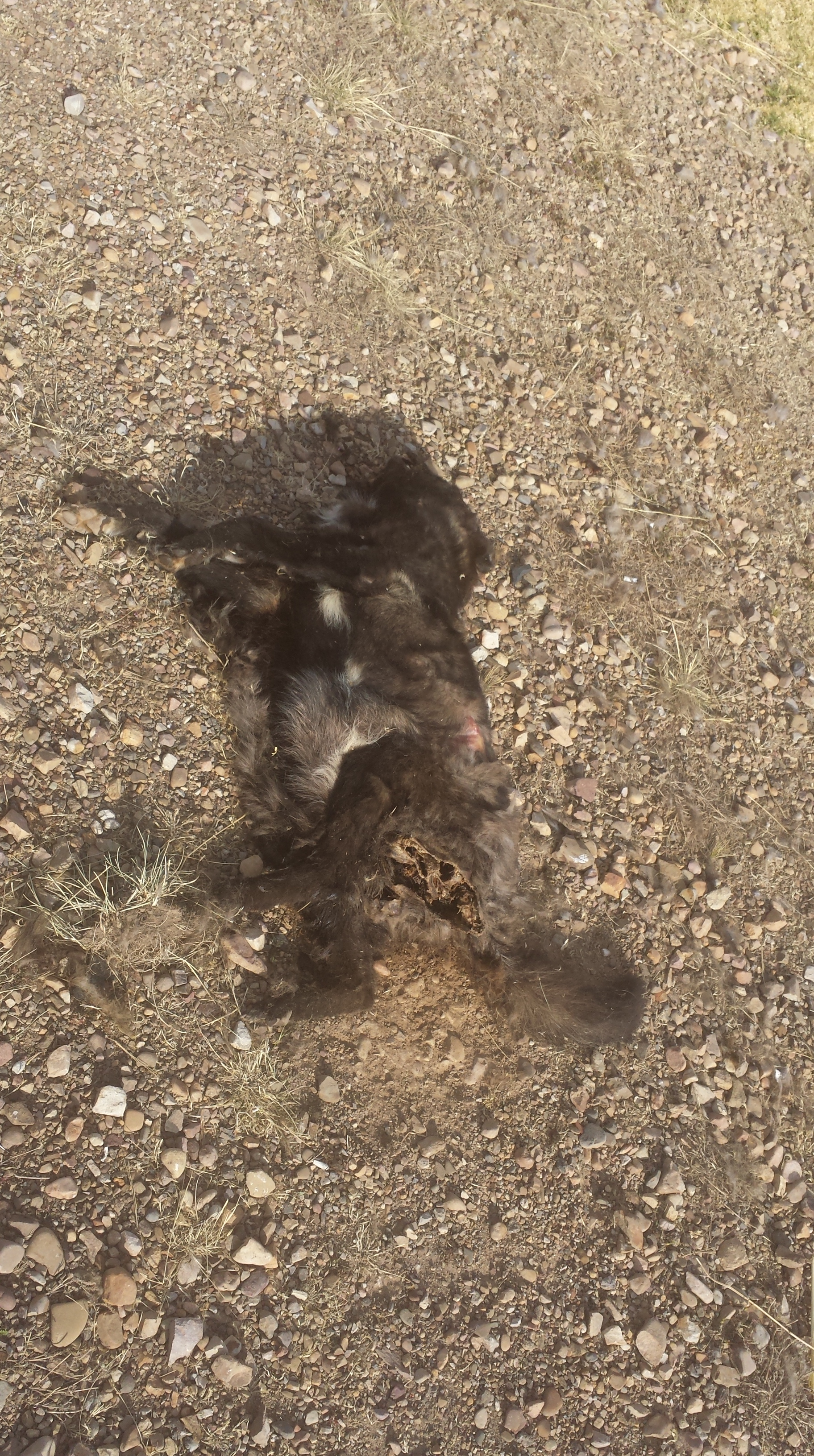
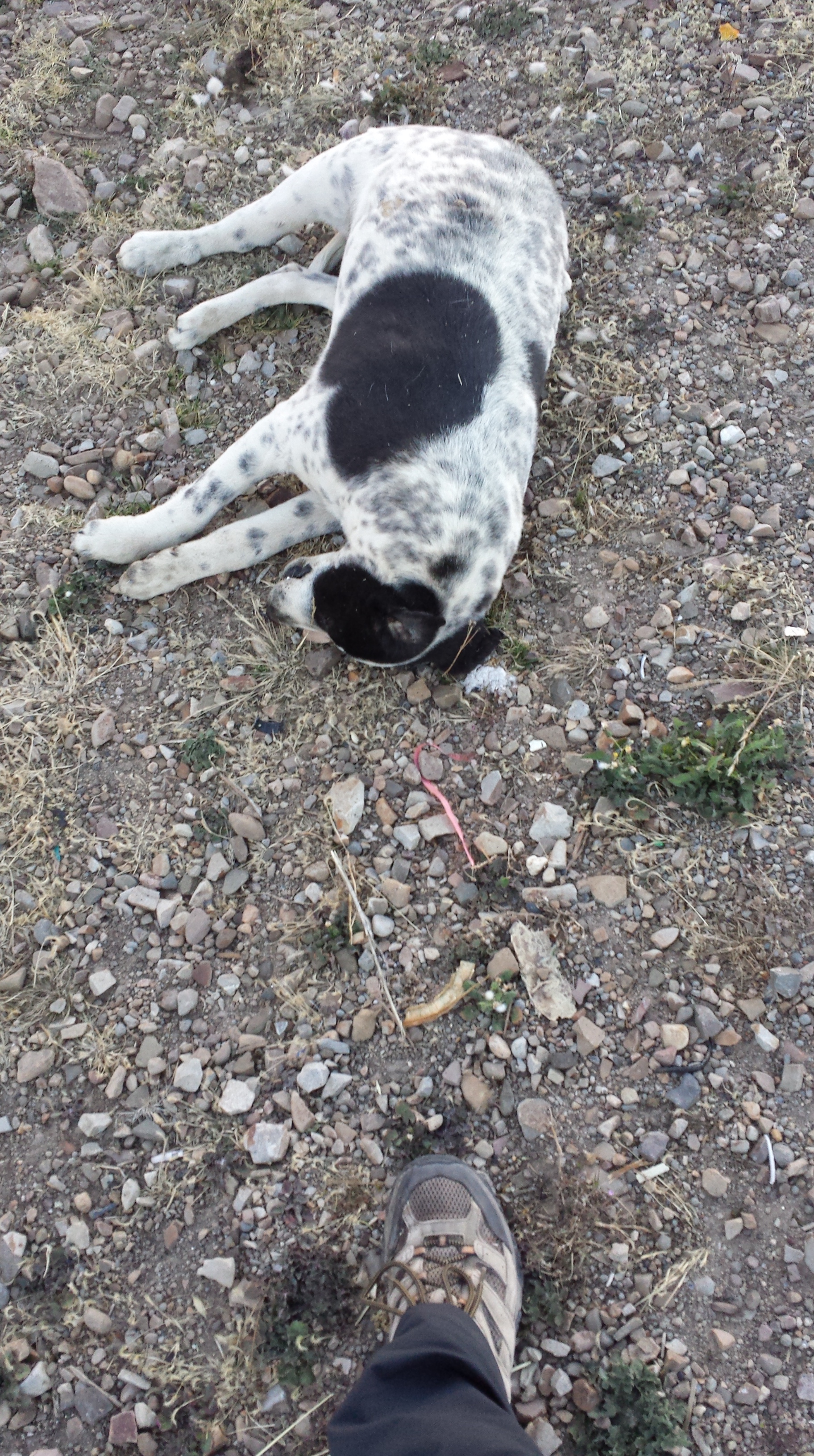
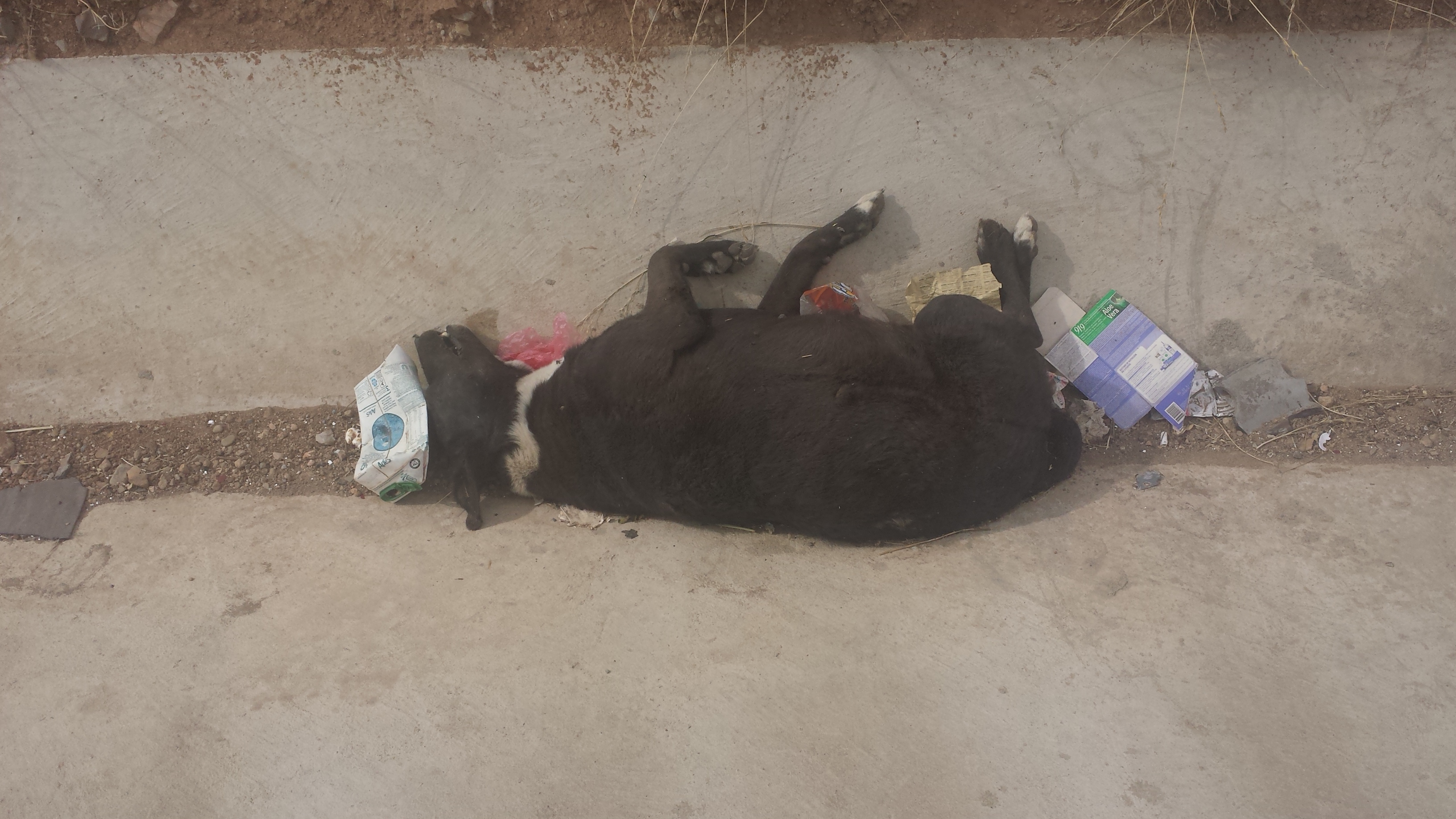
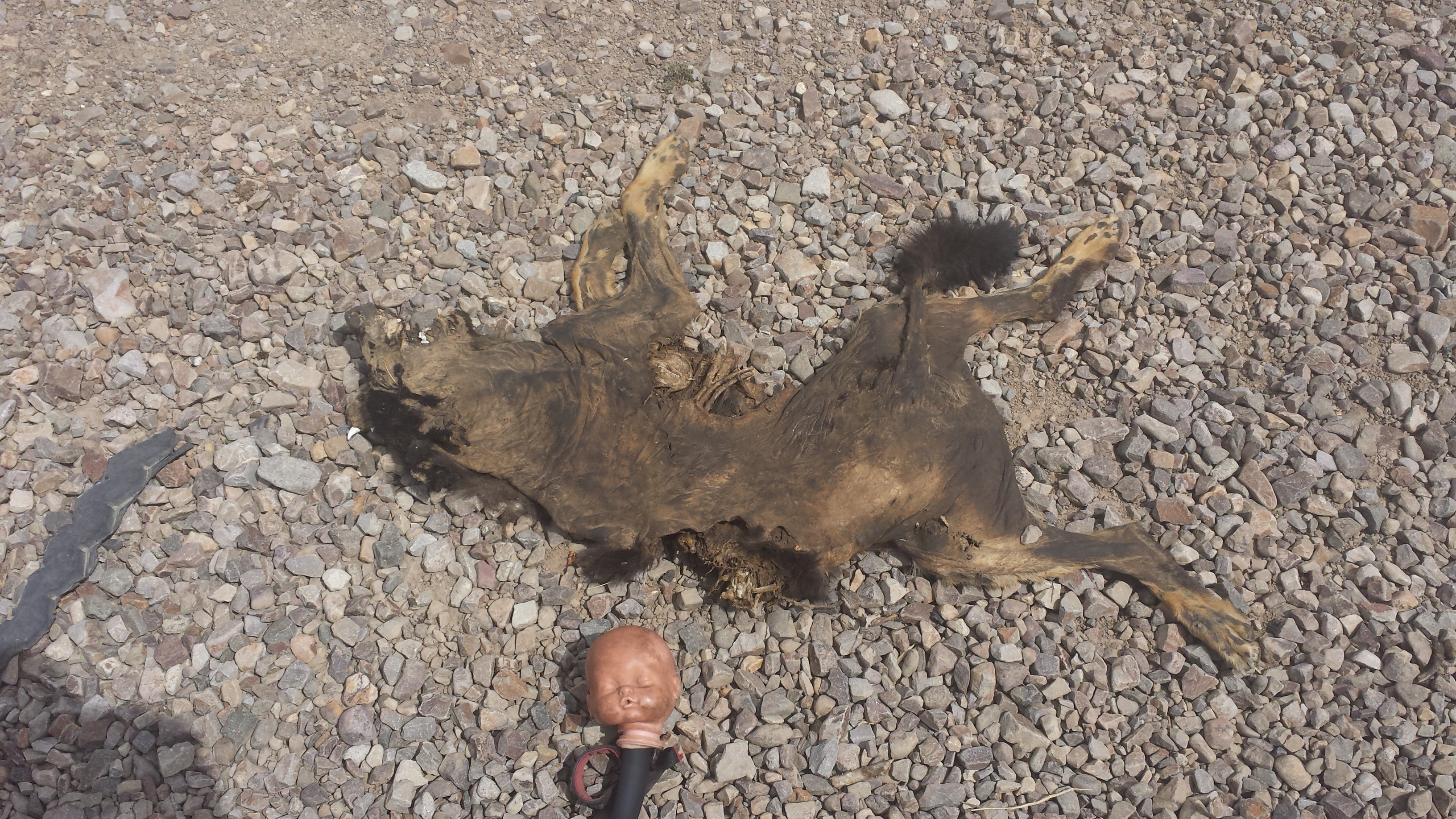
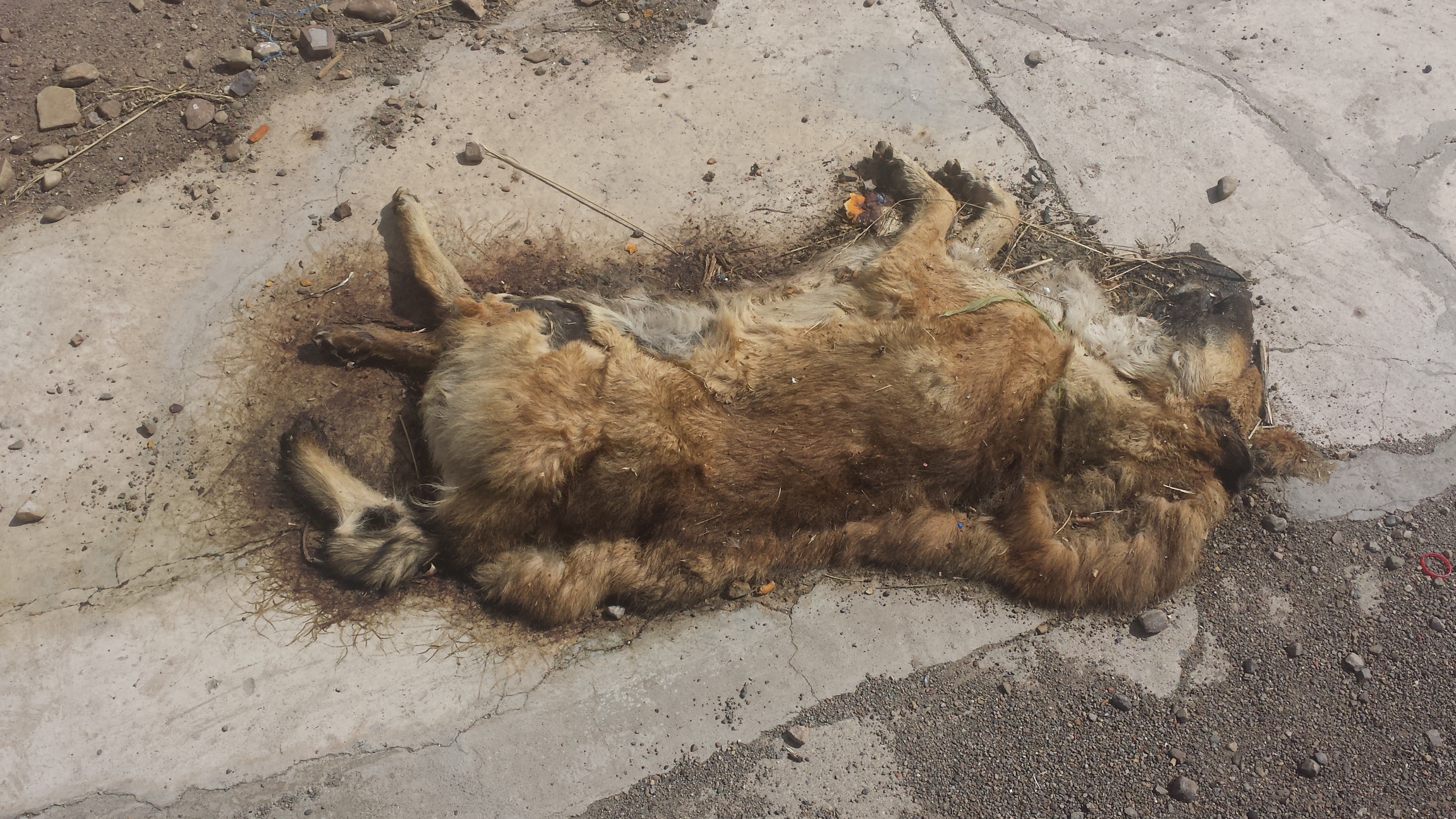
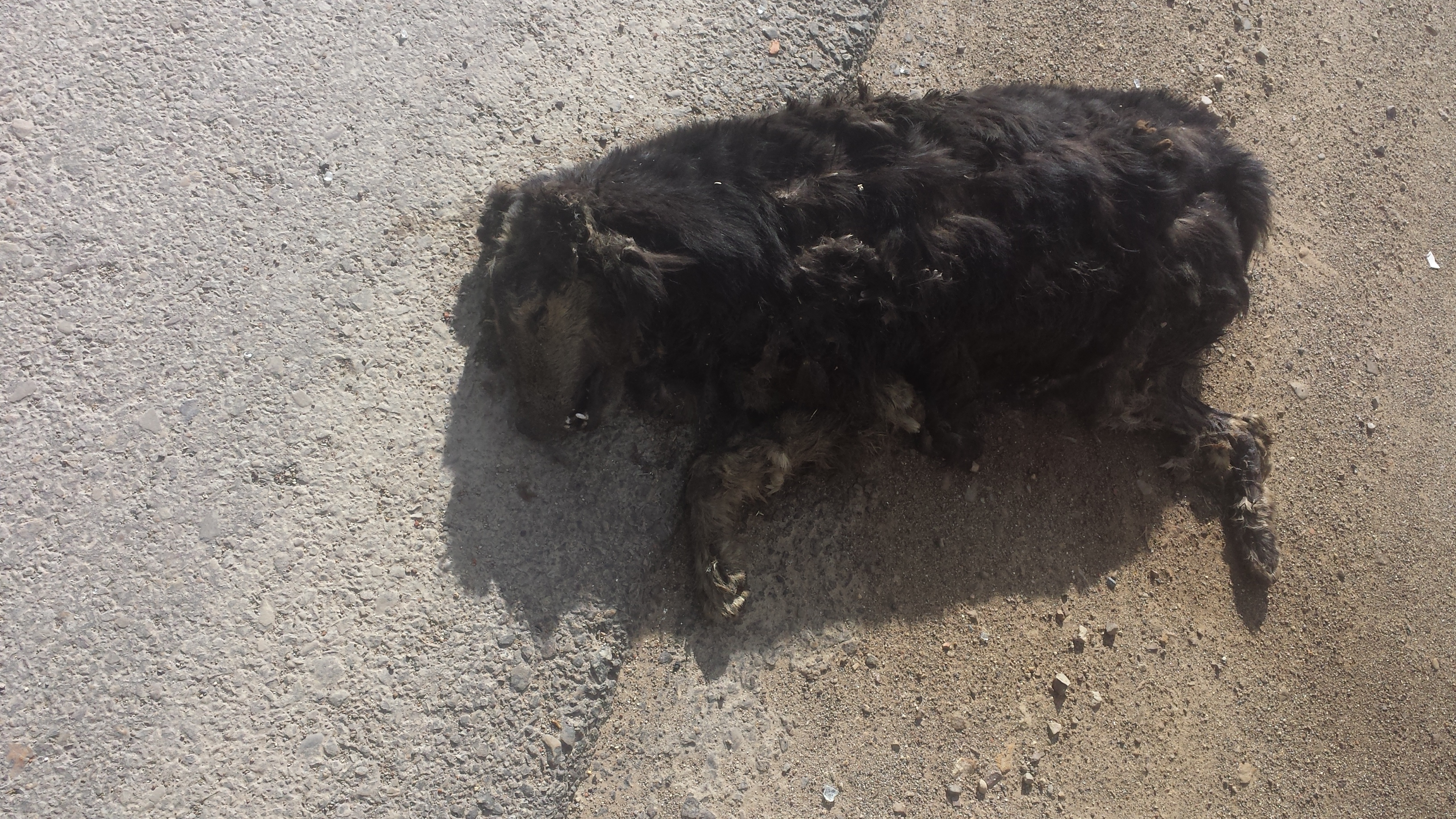
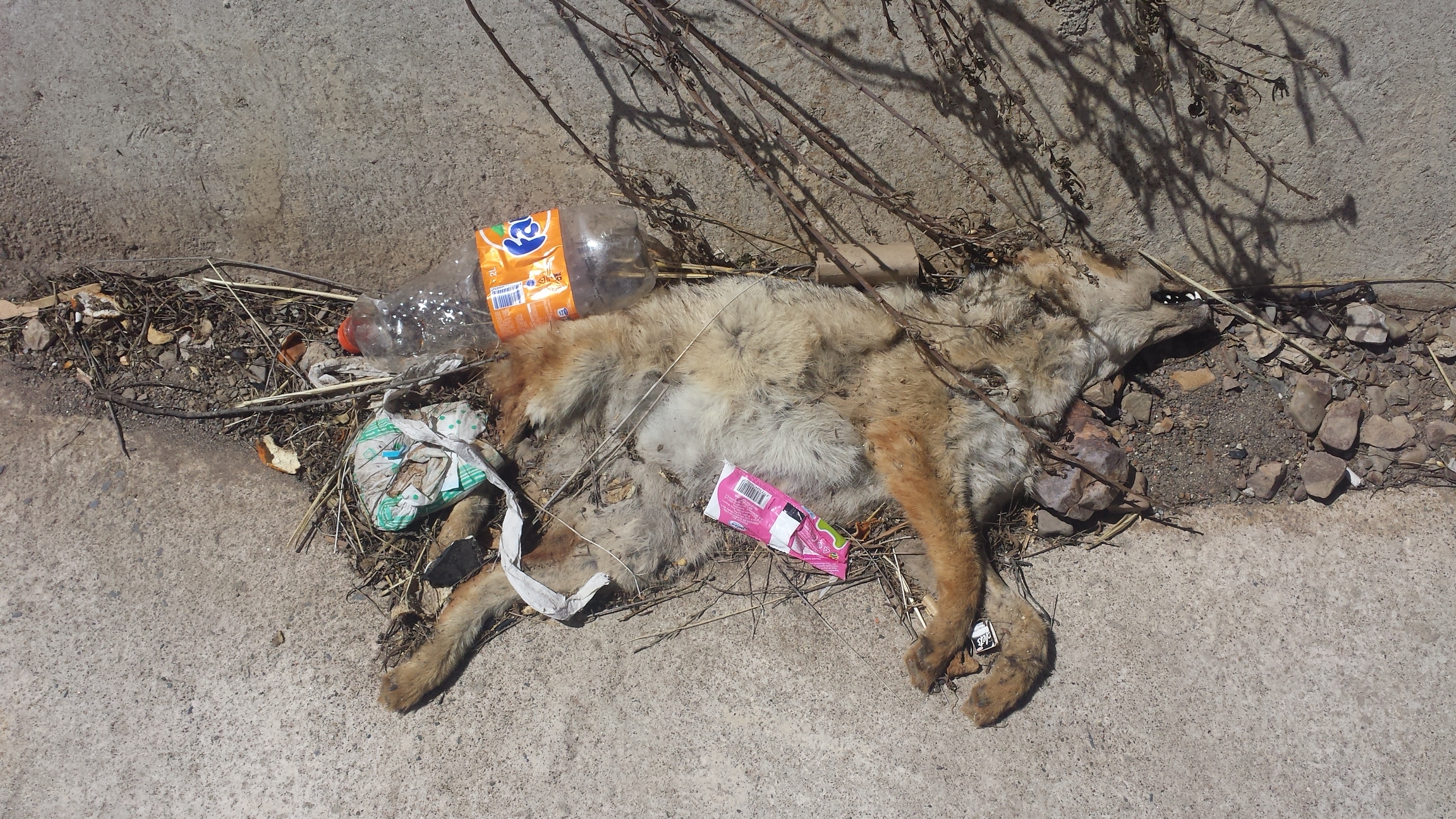
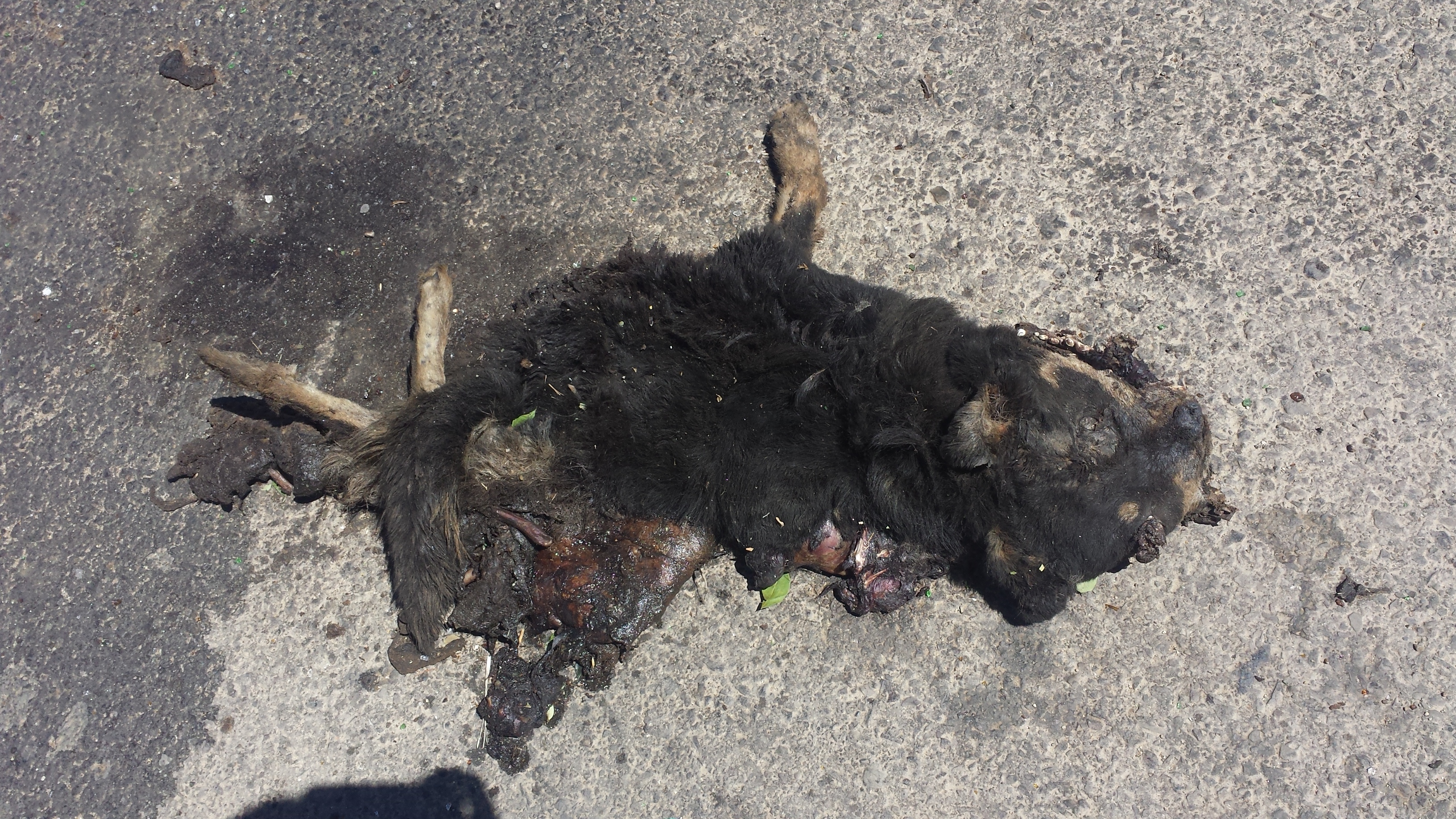
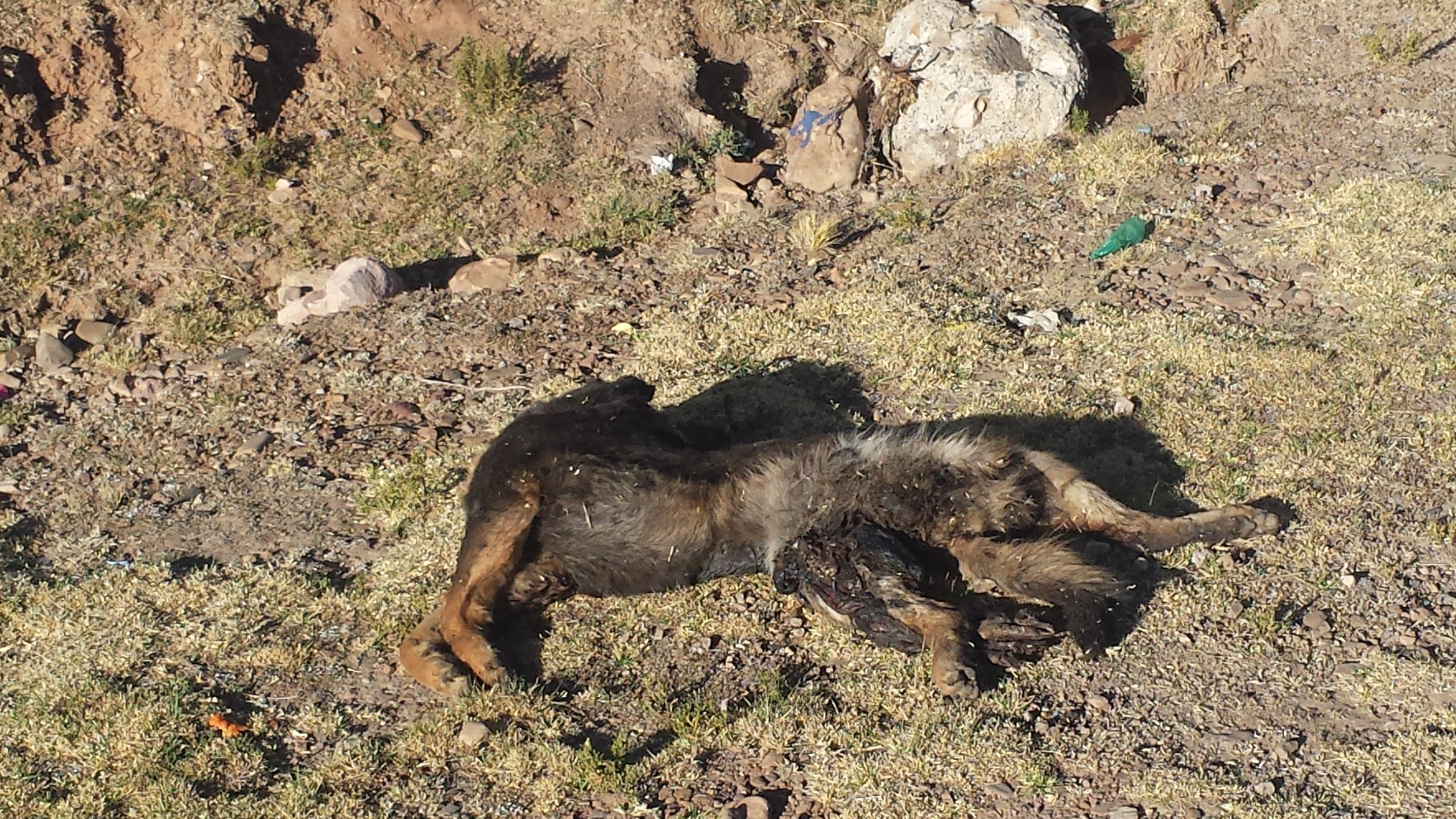
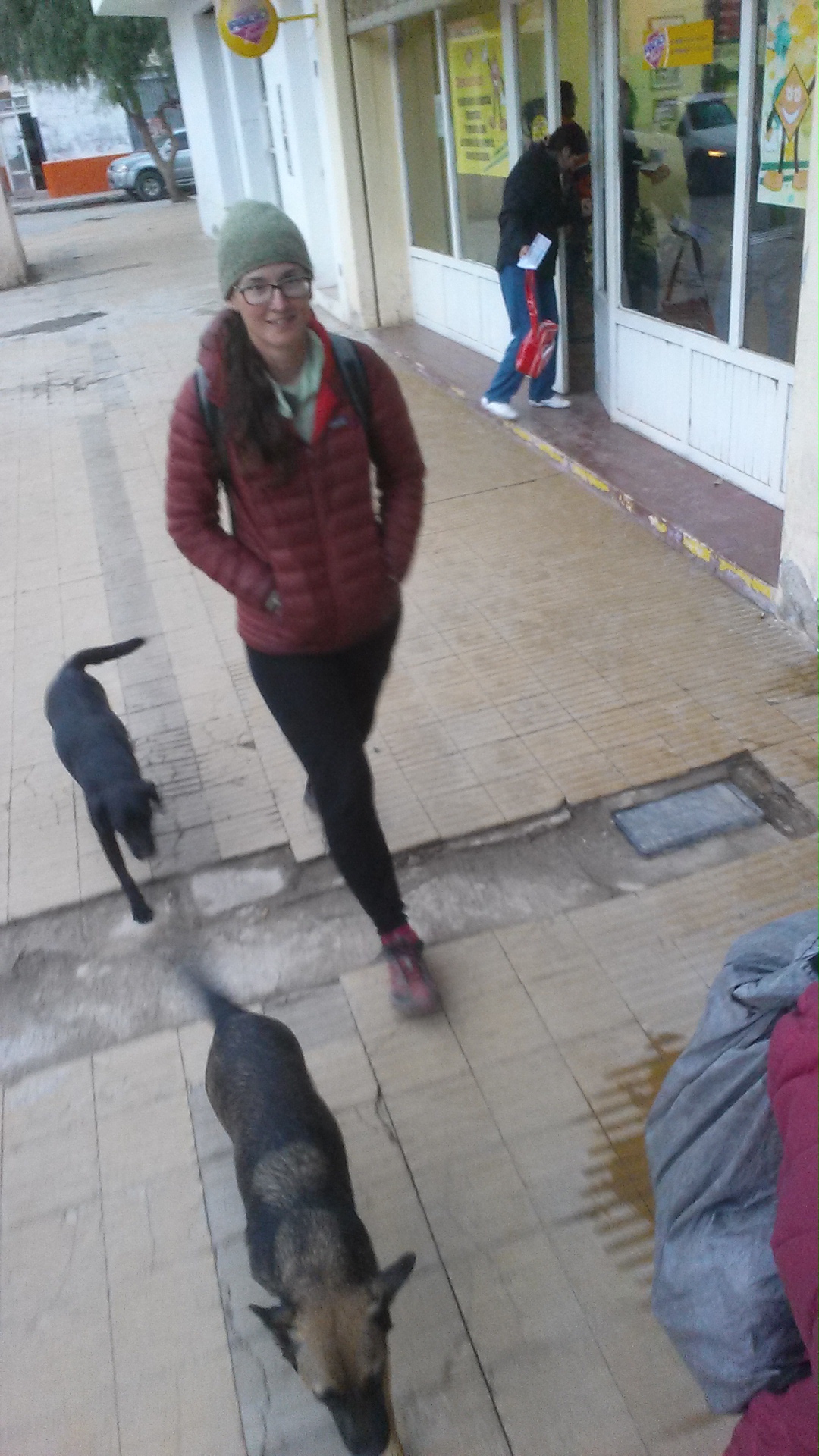
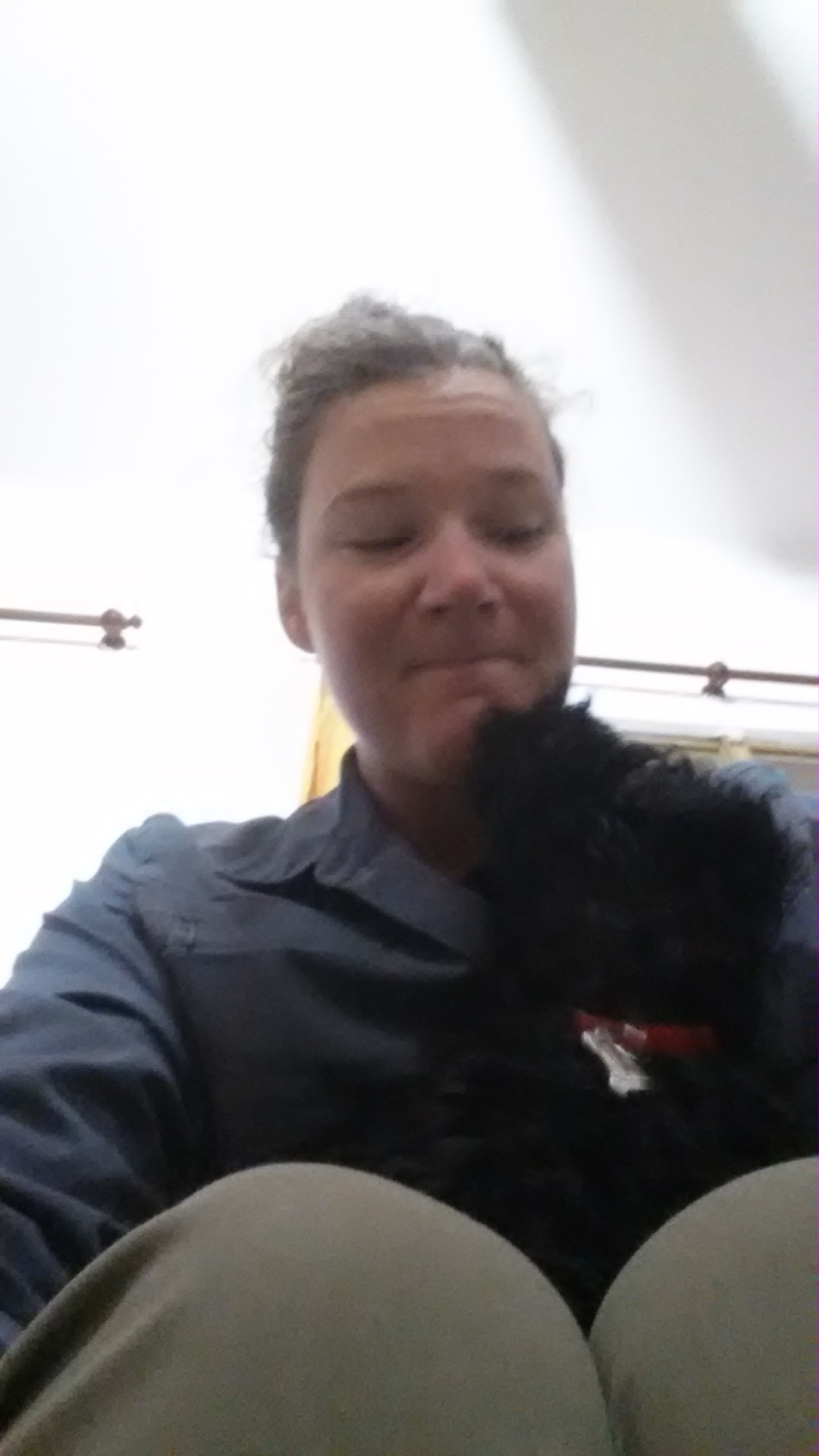
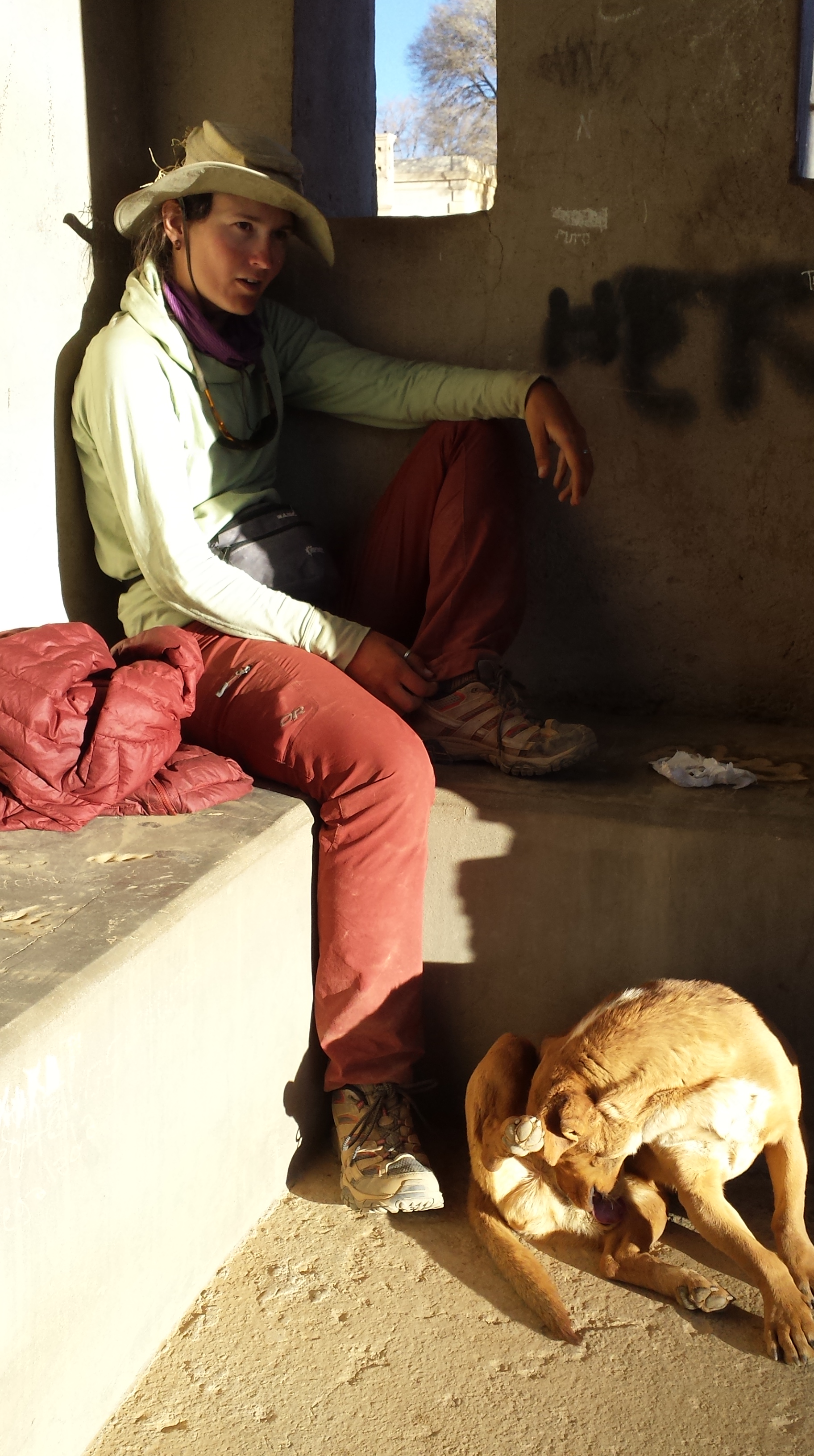
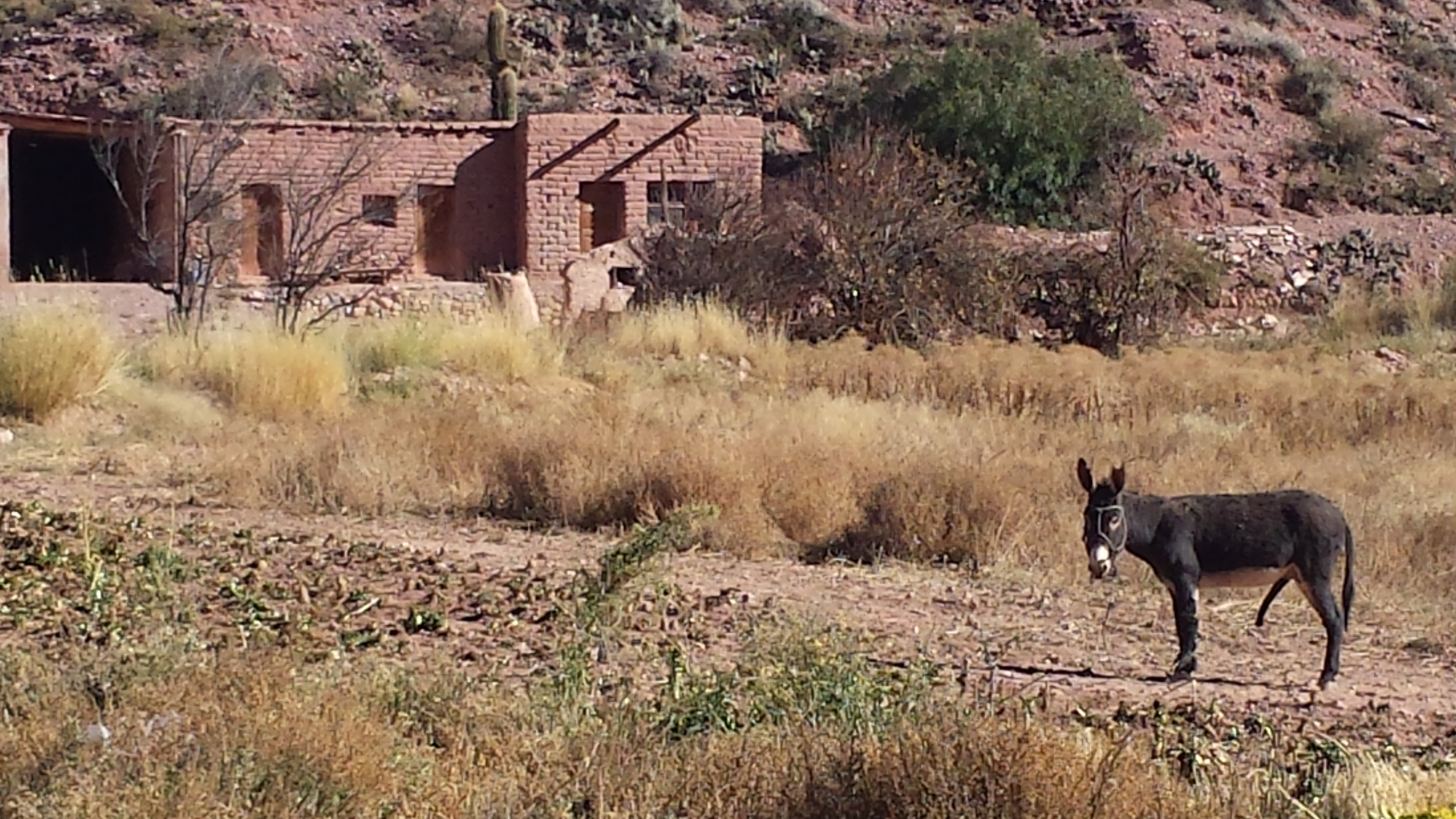
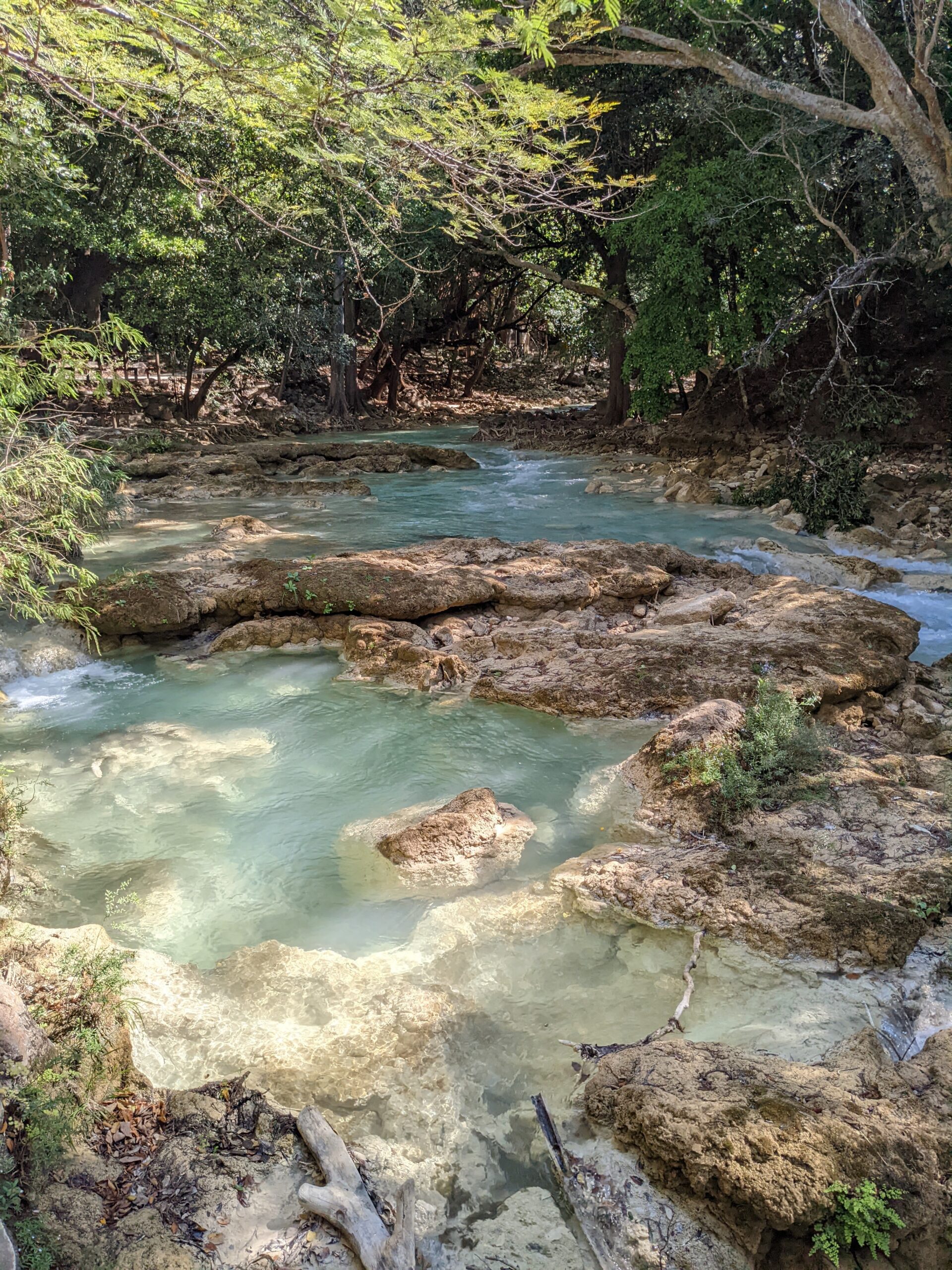



Comments (3)
Thanks for the insight of the reason that there are so many stray dogs in South America.
It is so wise that you welcome their company and then let them go their own way.
that “mop” dog though… <3
In addition to the practicalities of owning a dog right now, perhaps the memories of dogs abruptly leaving your life in your early years, keep you from becoming too attached to one dog.